Media | Articles
2024 Corvette E-Ray First Ride: A Vette like no other
For a detailed technical breakdown of the Corvette E-Ray, beyond the scope of this First Ride, click here.
It’s a cold, damp day on Black Lake. The 40-degree weather and intermittent drizzle at GM’s Milford Proving Grounds skidpad are not ideal for the hard launch of a sports car. Bill Wise, the development engineer at the wheel, is not concerned.
“Do you get motion sickness?” he says. “Because with launch control, this thing seriously takes off.” The growl of a Chevy small-block rises in pitch before a plateau, ready to let loose when Bill releases the brake pedal.
“Not in a car,” I say.
Those words are barely out of my mouth before all four of the E-Ray’s wheels hook up. Butterflies hit my stomach. The acceleration is surprisingly aggressive—ruthless and immediate, like a Tesla, but made stranger, a moment later, by the combination of V-8 roar and space-age electric motor whine.
Marketplace
Buy and sell classics with confidence
The rate at which scenery melts does not decrease with each shift snapped off by the gearbox. I am simply pressed further into my seat. As Wise stomps on the brakes, the E-Ray converts kinetic energy to electricity, then feeds that juice to the 1.9-kWh battery pack nestled in the tunnel between the seats. We come to a halt.
The faint whine of an electric motor, the crazed four-wheel clawing at launch—these are strange phenomena for a Corvette. Like watching Rambo in Italian—familiar characters, but a language you’ve never heard them speak.
The E-Ray is unlike any other Corvette. It is the first Vette with all-wheel drive. The first to use an electric drive motor. And the first to see 60 mph, from rest, in just 2.5 seconds. That’s a tenth faster than the 670-hp Corvette Z06. The 1500-hp Bugatti Chiron, with its four turbos, sixteen cylinders, eight liters, and $3 million price, does the same job in 2.4 seconds. The E-Ray will start at $104,295.
Many sports-car fans raise their eyebrows at the H-word. “Hybrid” can bring to mind a bean-shaped commuter like the Toyota Prius, but the E-Ray is nothing of the sort. More appropriate comparisons would be the McLaren P1, the Porsche 918, or the Acura NSX—performance cars of unquestionable focus, capable of harnessing electricity for performance and drivability, not just fuel economy or reduced emissions. It helps to remember that the E-Ray was baked into the development of the eighth-generation Corvette (C8) from day one, so the car is no afterthought.
General Motors claims for the E-Ray a total of 655 system horsepower, a combination of the 495-hp LT2 V-8 driving the rear axle (essentially the engine from the current Corvette Stingray), and the 160-hp, 125 lb-ft battery-electric arrangement powering the front. Both front wheels are driven by a single electric motor, via an open differential. From the right seat, the E-Ray’s front wheels seem to respond instantly to the throttle pedal. If the driver asks for more than 30 percent throttle or requests more than .15 g of straight-line acceleration, the V-8 wakes up.
The E-Ray shares its wide body, its suspension setup, and its Magnetic Ride Control dampers with the Z06. Several engineers, however, told me that the former car’s development brief was completely different: all-weather capable and angled more toward daily driving, while offering performance significantly beyond that of the base Stingray (and within spitting distance of the Z06’s ability).
“This thing is a champ in the snow, even on the standard all-season tires,” Wise says. “And here, on those same tires, you can take advantage of so much mechanical grip.”
He shows me. We knife toward the middle of the 67-acre Black Lake, entering an autocross-like cone course at roughly 90 mph. “This was never slated as an out-and-out track car, like the Z06, but it is just as capable around a race track.”
Wise stabs the throttle and cranks the steering left at the entry to a long sweeper. As the E-Ray scrubs speed, he initiates what feels, at first, like a rear-drive Corvette slide. He adjusts the car’s angle of attack with his right foot, the steering wheel hardly moving. Just before the turn’s apex, the E-Ray begins to briskly accelerate toward corner exit, never breaking the slide.
I’m at a loss. “Damn, Bill.”
“Only five minutes behind the wheel, you’d be doing the exact same thing, corner after corner,” he says. “It’s that approachable.”
Wise keeps driving. The course changes, the long sweepers replaced by a series of quick direction changes. The E-Ray negotiates the tighter corners with ease, flat and stable, the nose quickly taking a set.
Hybrids often suffer from mass bloat, a ballooning of curb weight over similar internal-combustion-only models. A visit to Milford to meet a preproduction Corvette usually means hearing someone in Chevrolet engineering declare that “every gram has to earn its way onto the car.”
This approach is common in the development of high-performance cars, but the Corvette team does it better than most. The engineers there seem to take joy in justifying each component or material down to the tiniest detail. The battery, for example, is not from GM’s Ultium family, where the hardware and its controls are generally larger and storage-optimized for long range. The E-Ray’s lighter, pouch-type LG battery was better suited to the car’s performance focus, its front axle’s demands for frequent and significant energy flow.
That axle system adds about 260 pounds of curb weight. Mass-reduction efforts to offset that gain include standard carbon-ceramic brakes and a lighter, lithium-ion chemistry for the gas engine’s 12-volt battery. The electric drive unit’s housing is magnesium, with associated fasteners and the bottom of the drive battery’s housing in aluminum. The aluminum brace between the front shock-tower tops is claimed to genuinely improve steering feel at speed, helping compensate for the slight changes in front suspension geometry required by the packaging of that front axle.
Important, too, is how little the added mass shifts balance forward. Thirty-nine-point-four percent of the Z06’s weight sits up front, 60.6 percent in the rear. The E-Ray shifts that distribution by only 1.5 percent, to 41/59.
We’ll feature a full drive of the E-Ray on these pages soon. In the meantime, from the passenger seat, the car holds promise. It feels meaningfully more exciting and interesting than the Stingray yet more tractable and comfortable than the monstrous Z06.
By switching the Corvette to a mid-engine layout, after decades of the engine up front, the C8 vaulted America’s sports car to new dynamic heights while realizing a dream envisioned by some of the car’s early creators. An all-wheel-drive Corvette with a battery and an electric motor was not on the minds of those men, but I suspect they’d find this car a triumph of engineering.
Perhaps even more than the Stingray or the Z06, the E-Ray reflects the technology and ingenuity of the current moment. Just thinking about the ride gives me those butterflies all over again.
2024 Chevrolet Corvette E-Ray
- Price: $104,295 (coupe)
- Powertrain: 6.2-liter V-8, eight-speed dual-clutch automatic transmission; 1.9-kWh pouch-type lithium-ion battery, permanent-magnet electric motor
- Horsepower: 655 from total system (V-8: 495 hp @ 6450 rpm); (e-motor: 160 hp)
- Torque: (V-8: 470 lb-ft @ 5150 rpm); (e-motor: 125 lb-ft)
- Layout: All-wheel-drive, two-seat targa-top coupe or convertible
- Curb weight: 3984 pounds
- EPA-rated fuel economy: TBA
- 0–60 mph: 2.5 seconds
- 1/4-mile: 10.5 seconds @ 130 mph
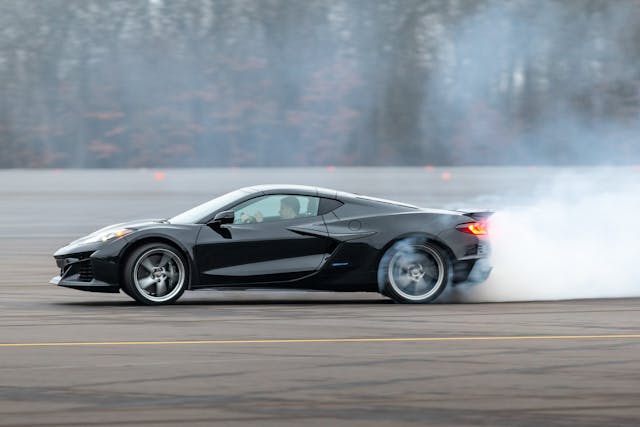









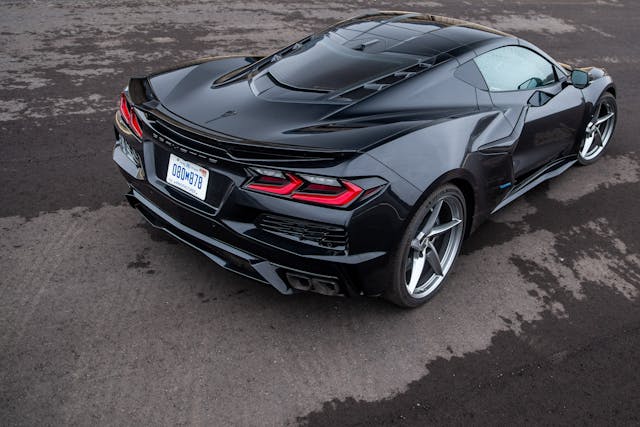
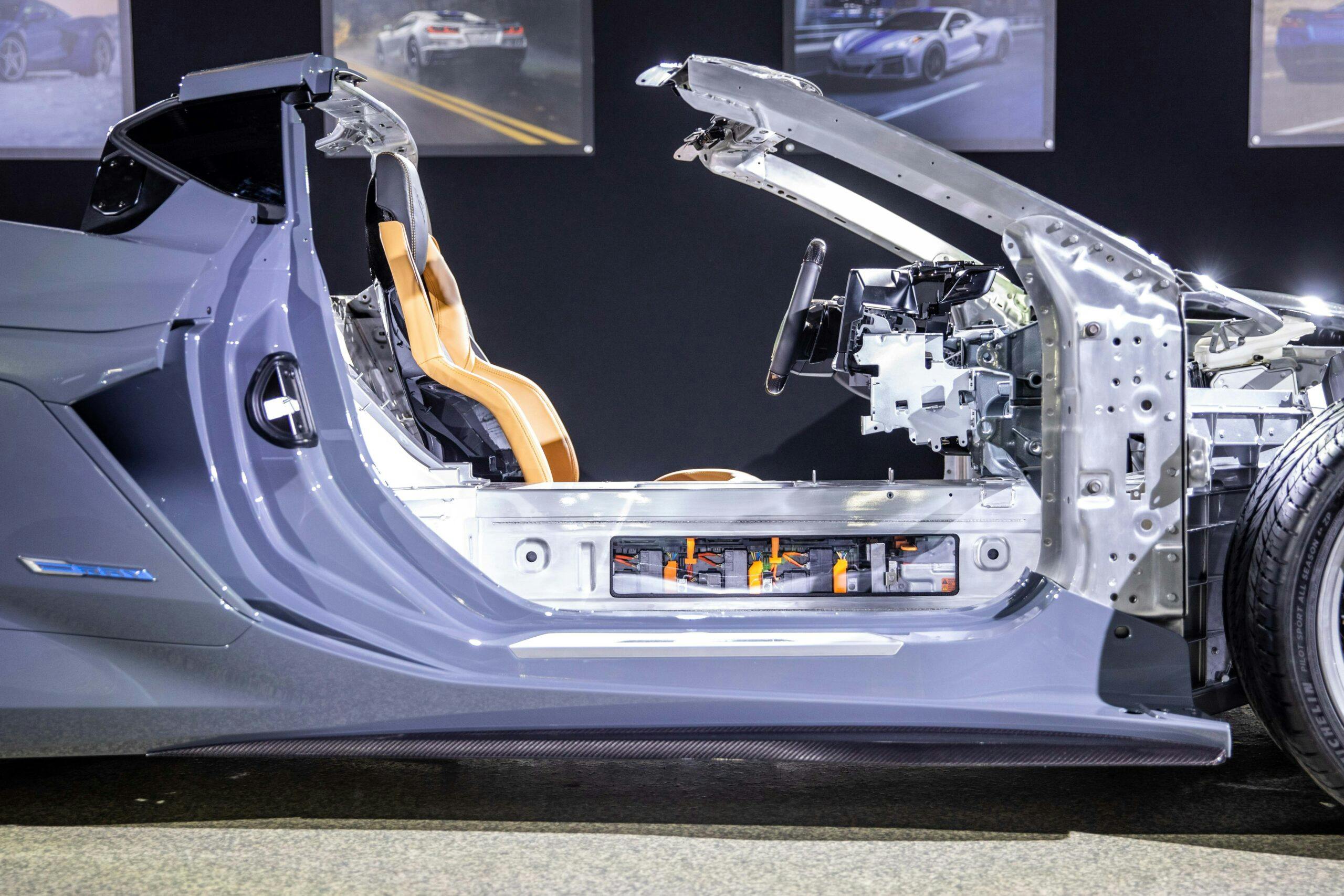

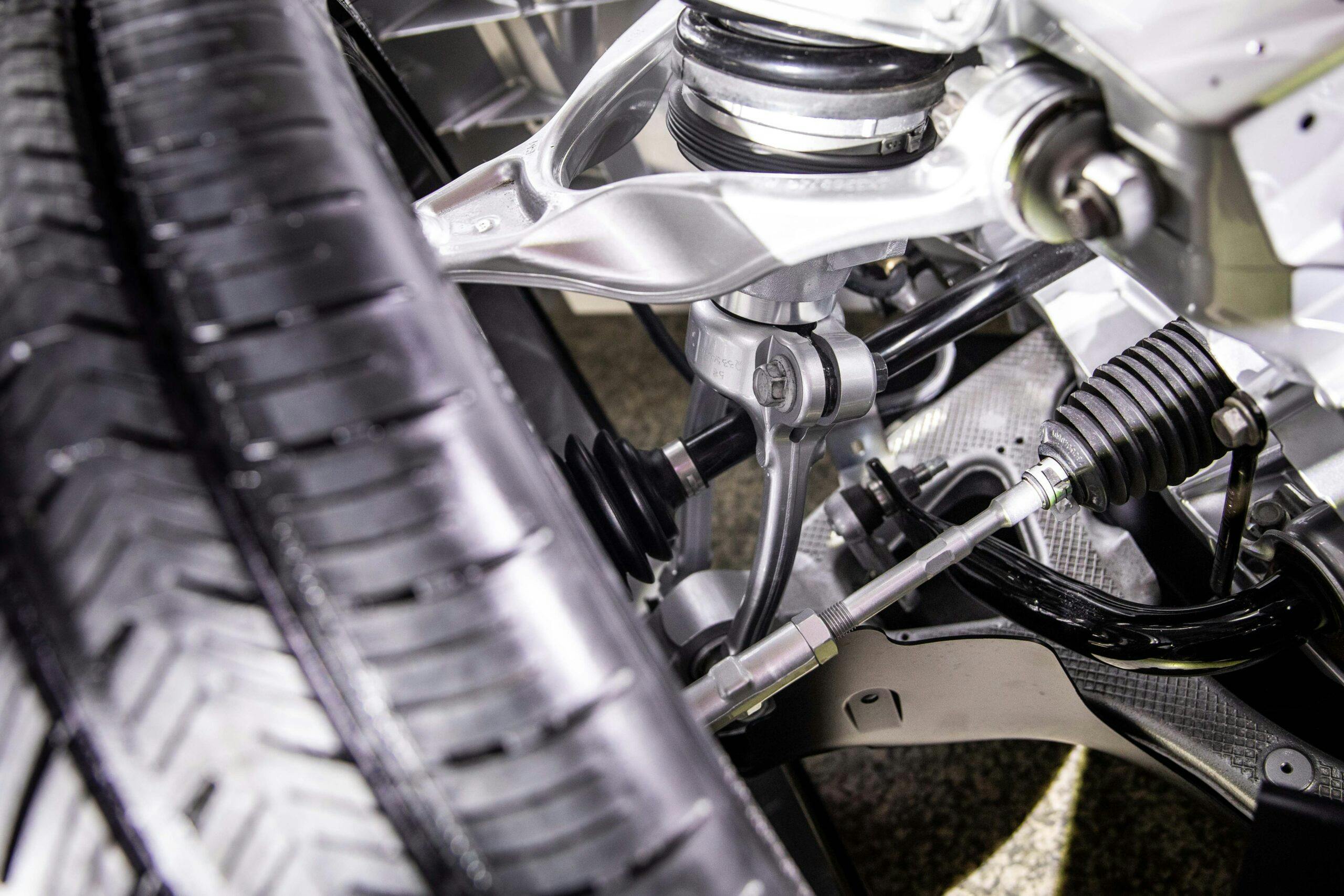
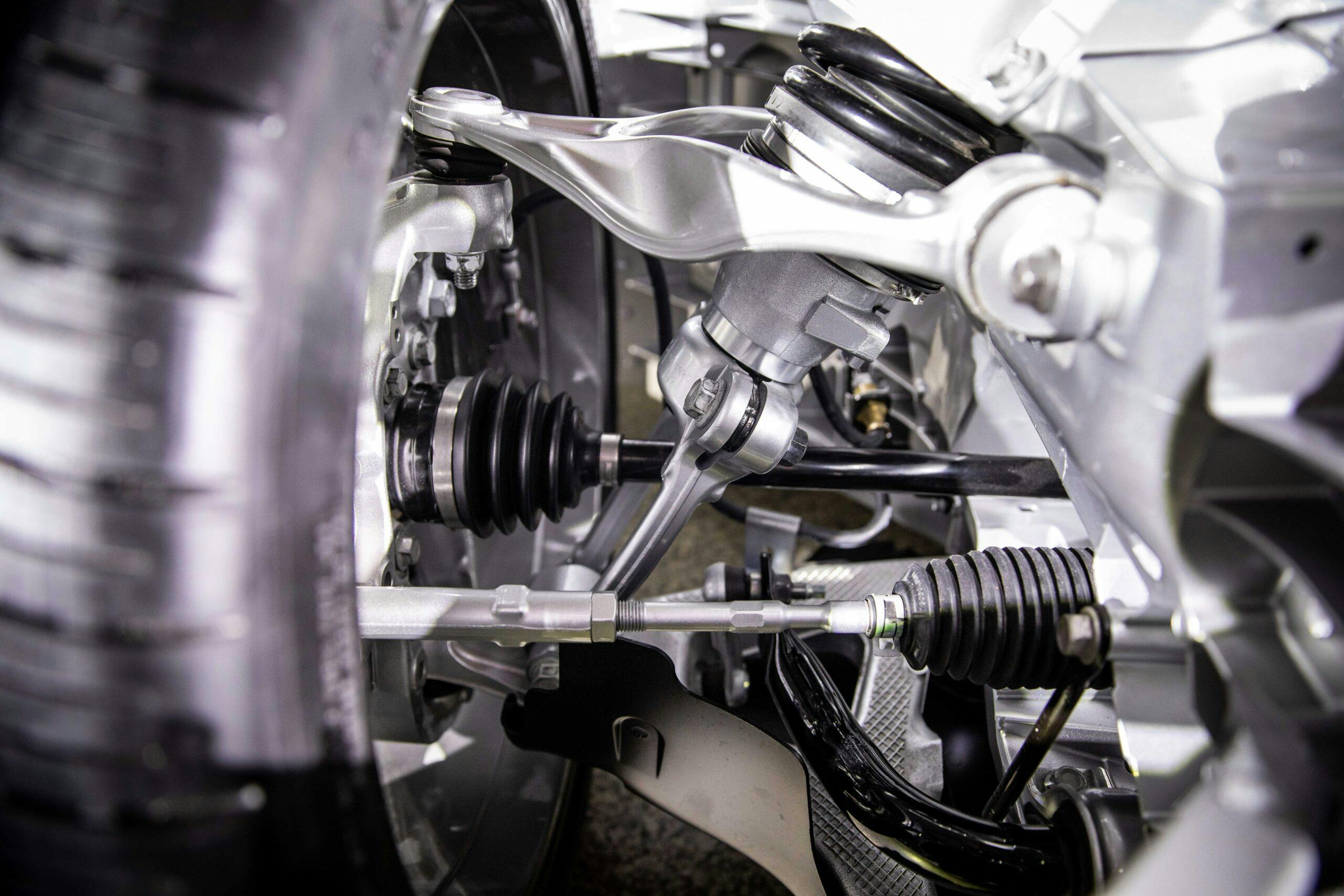

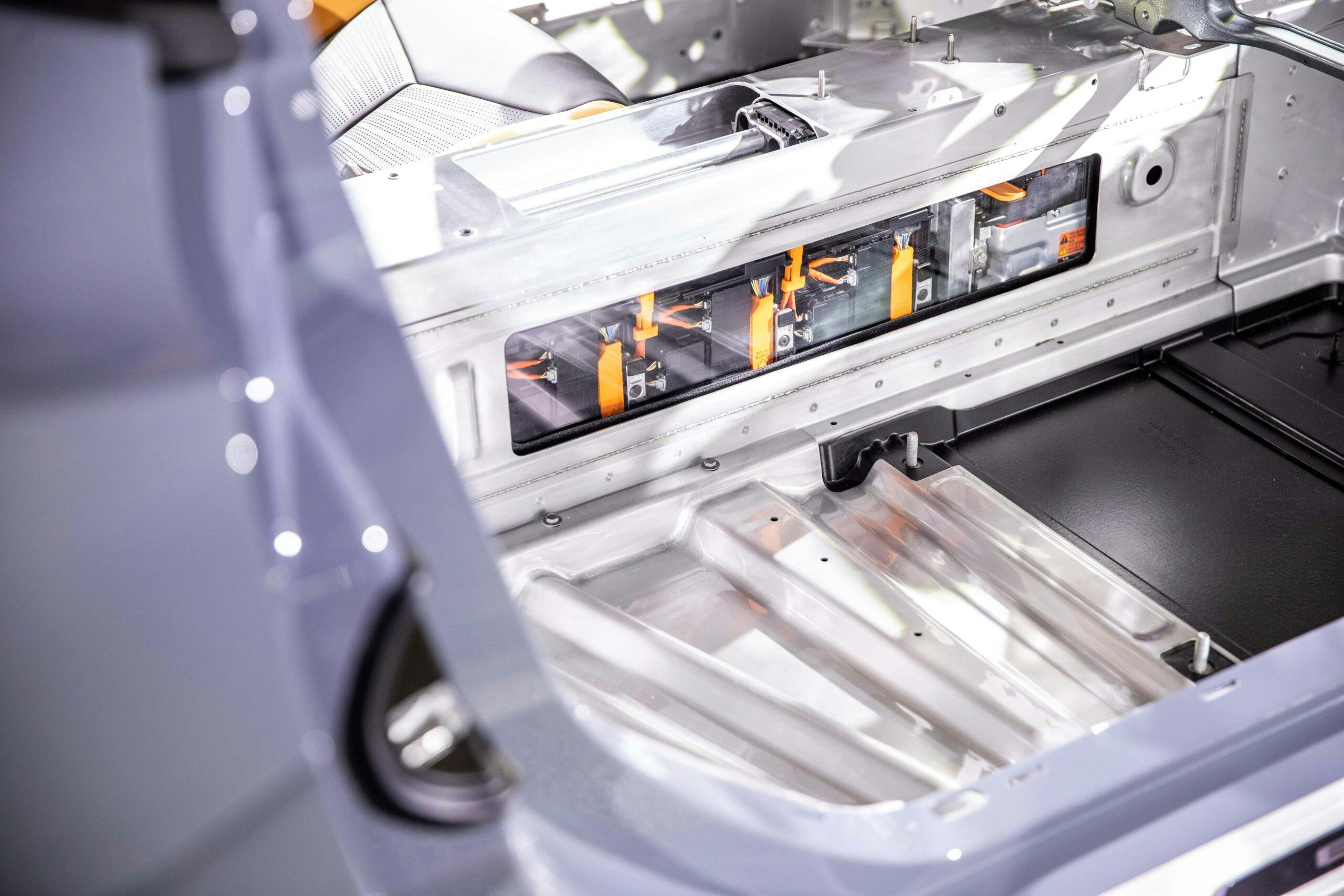
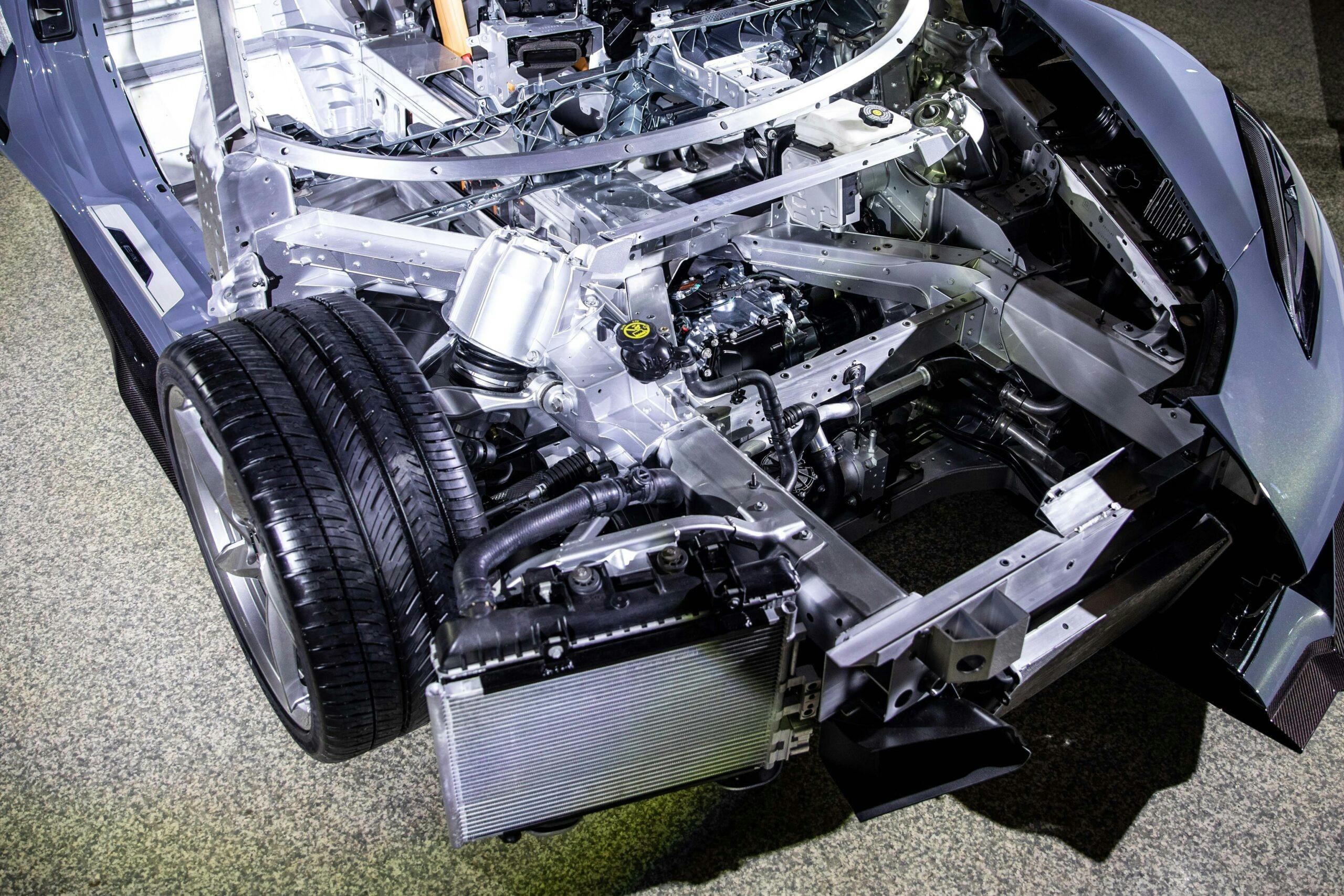

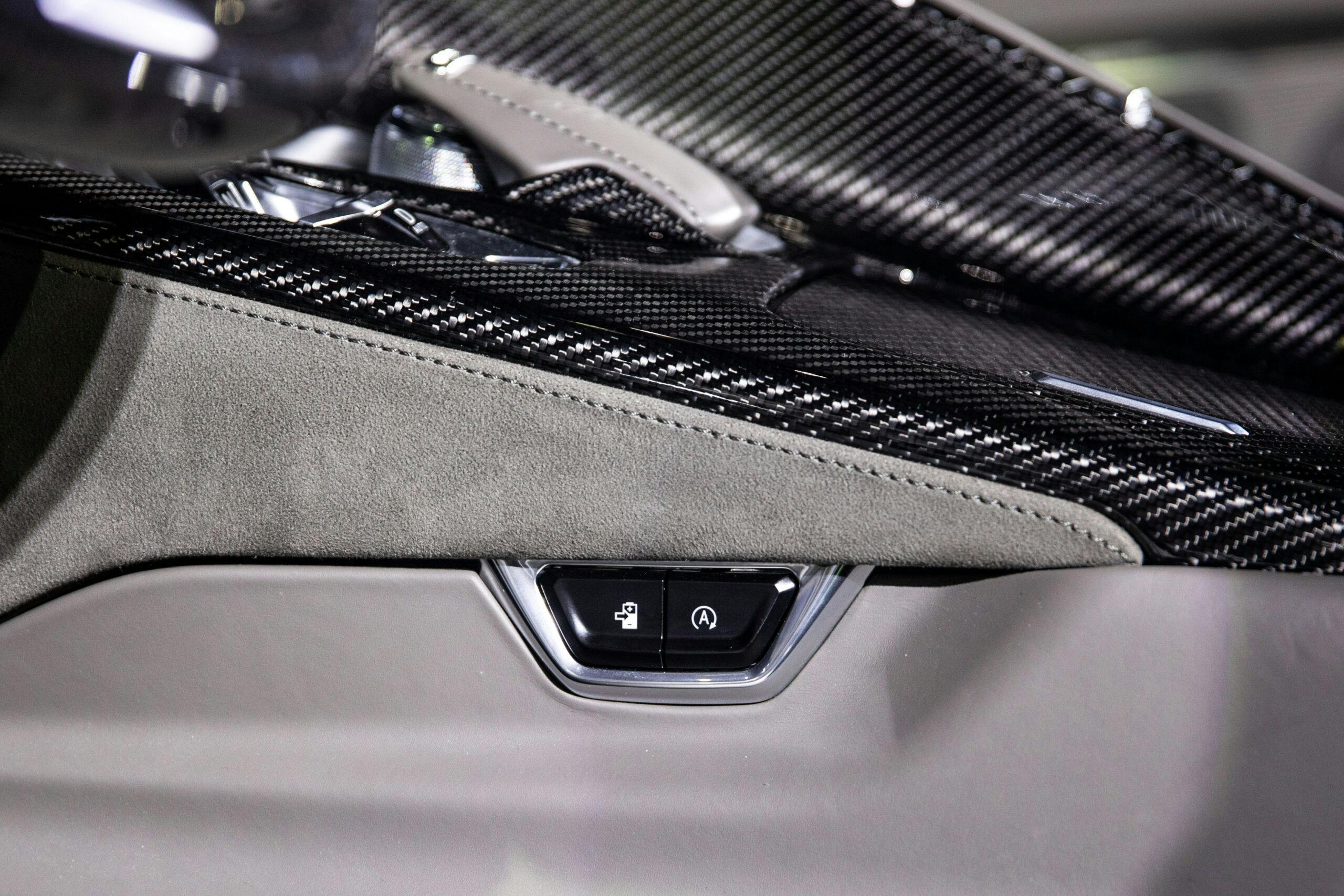
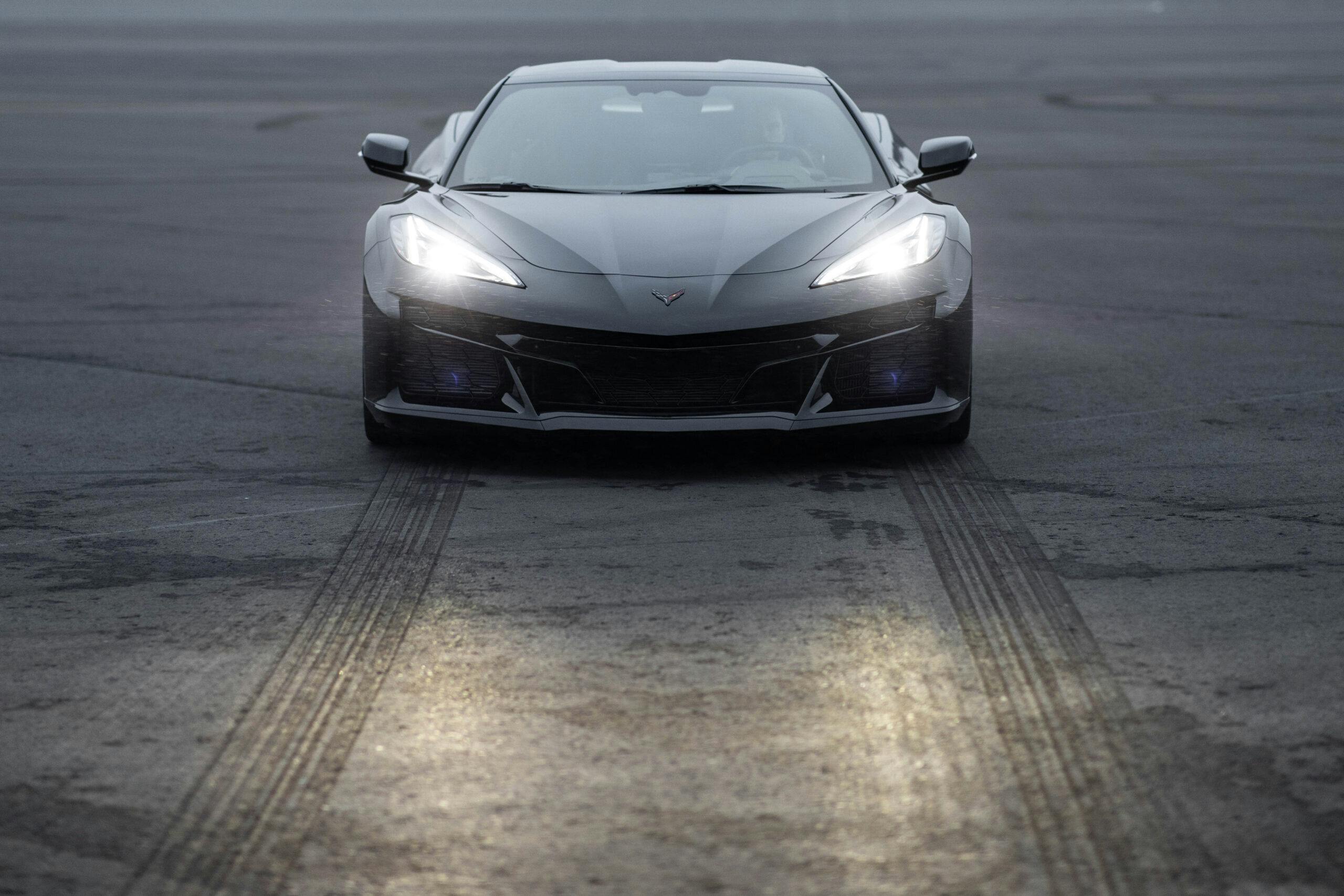
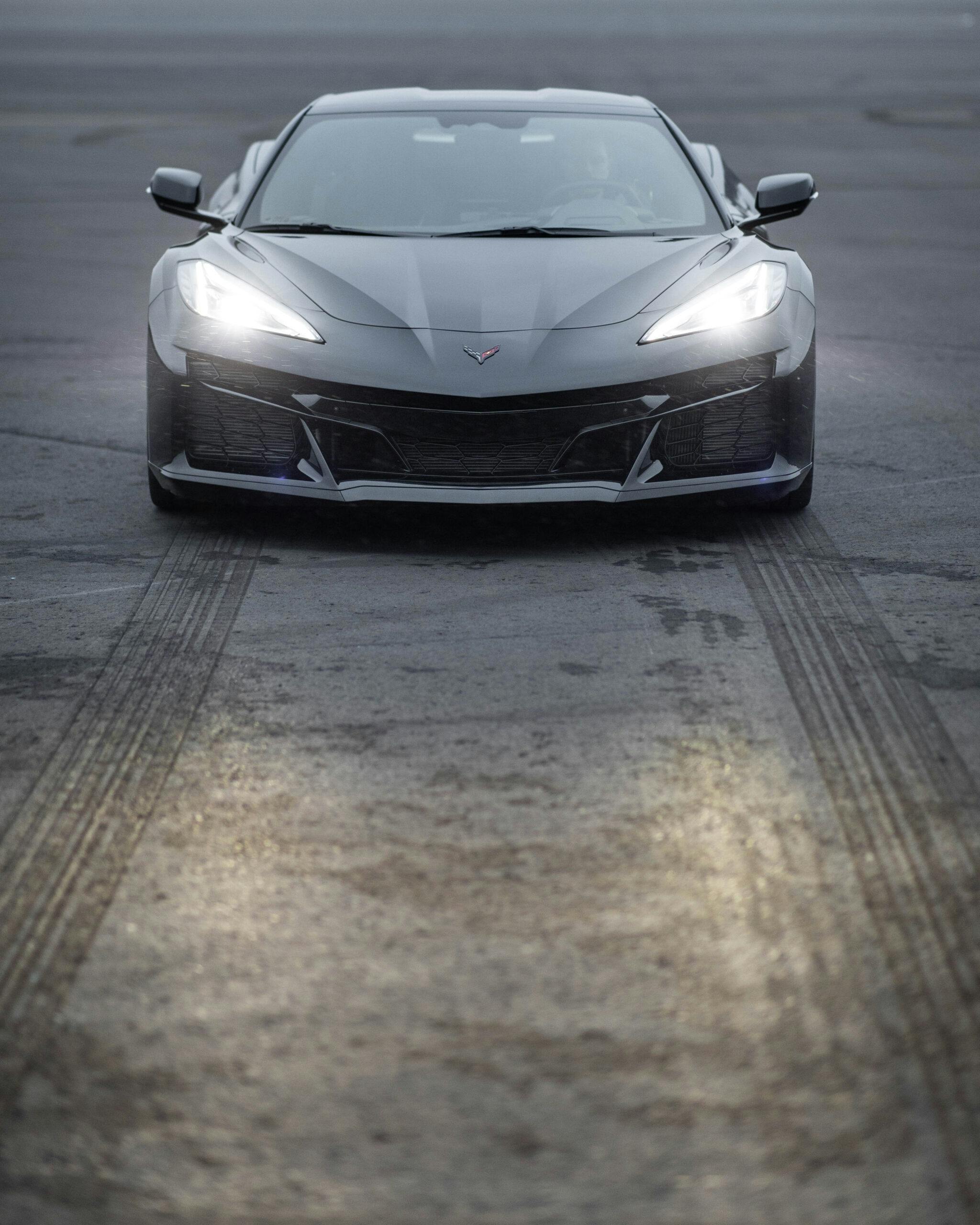
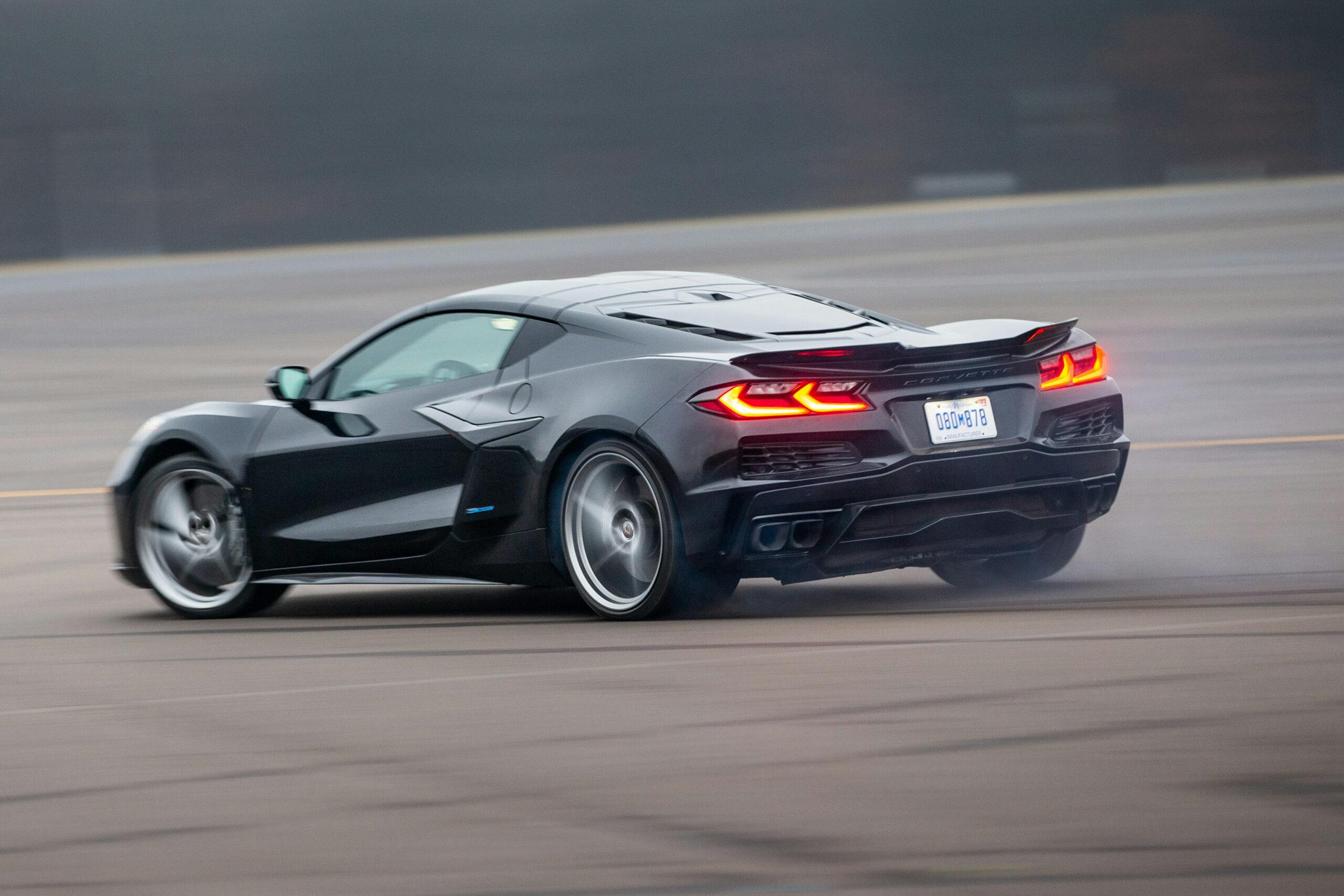

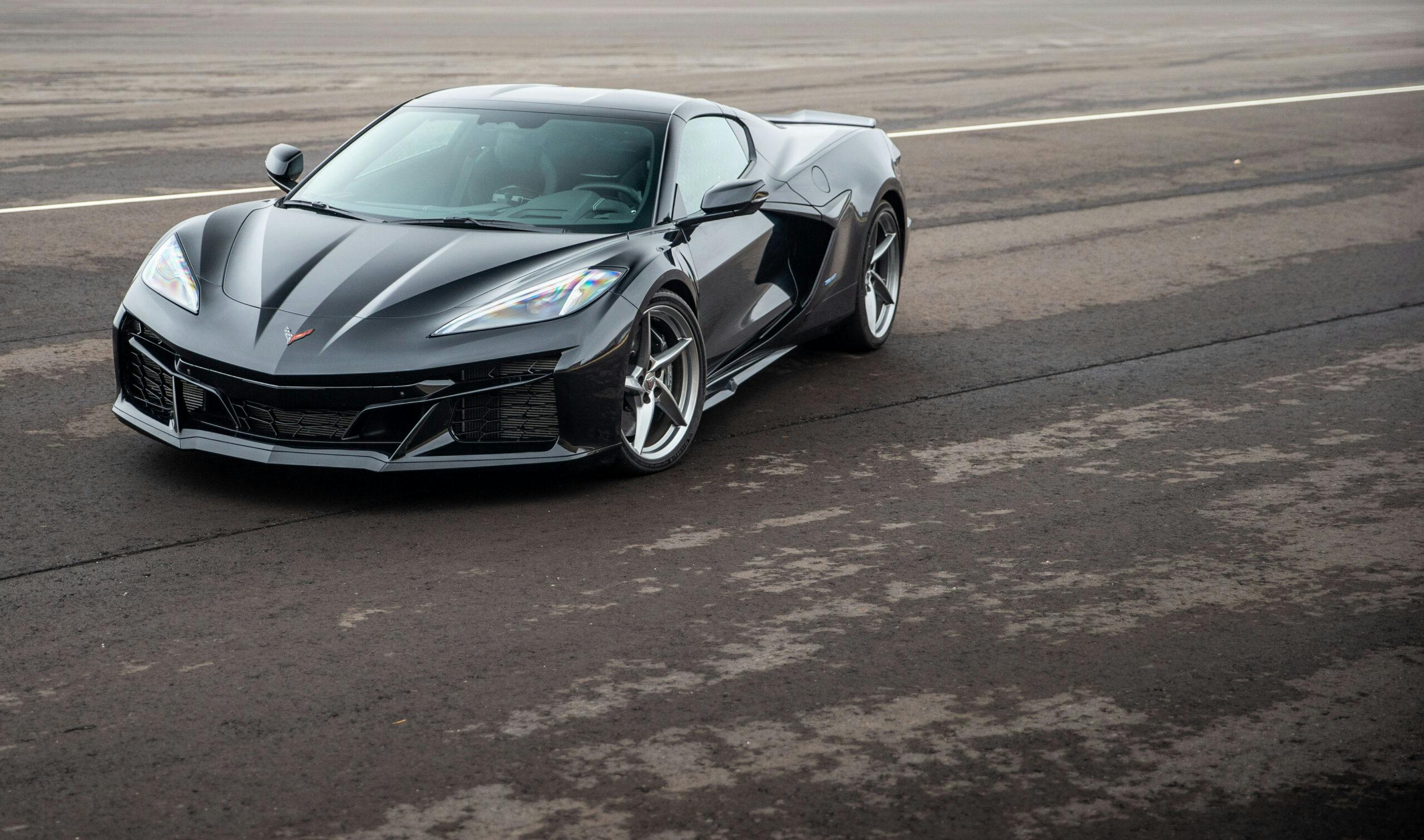
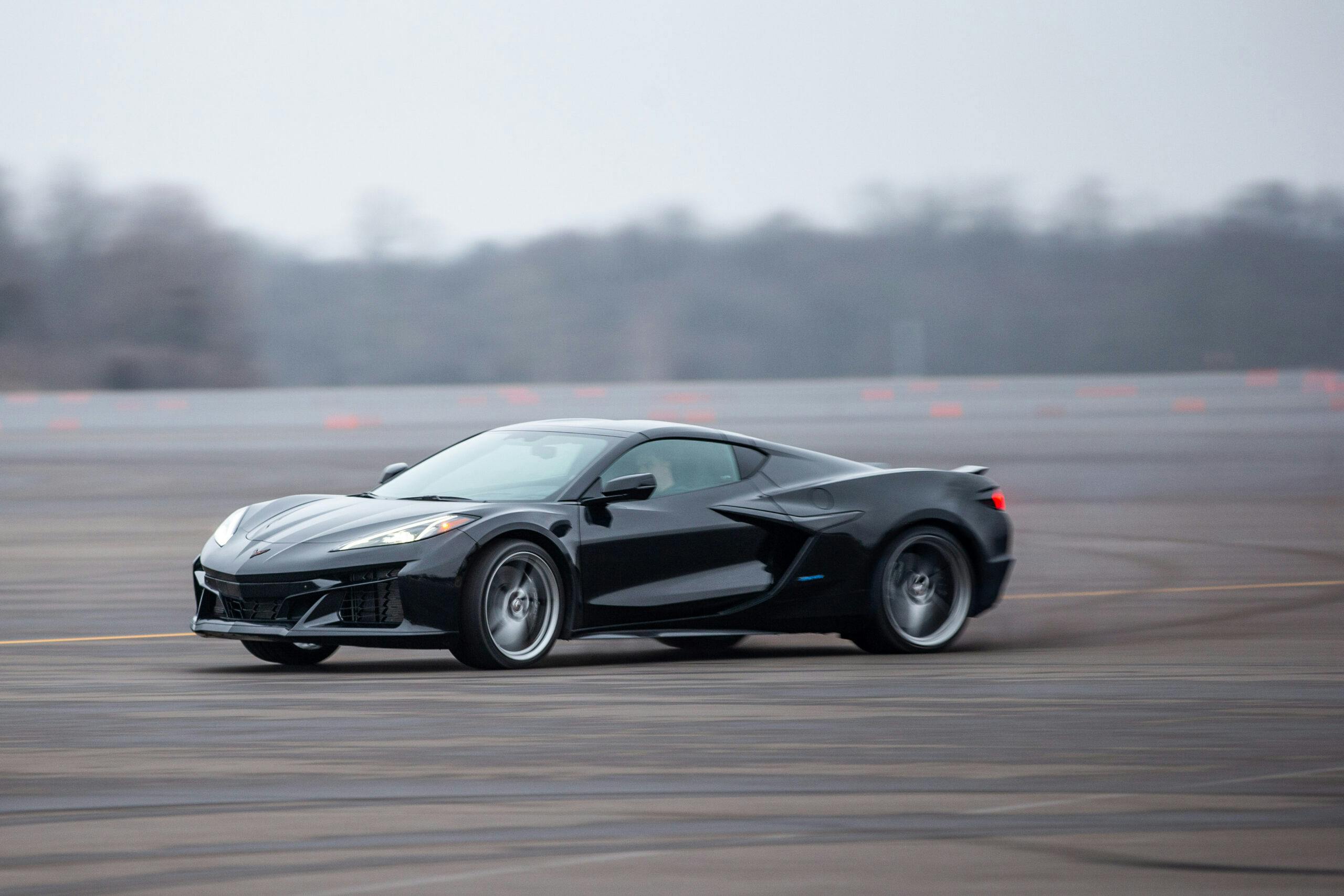
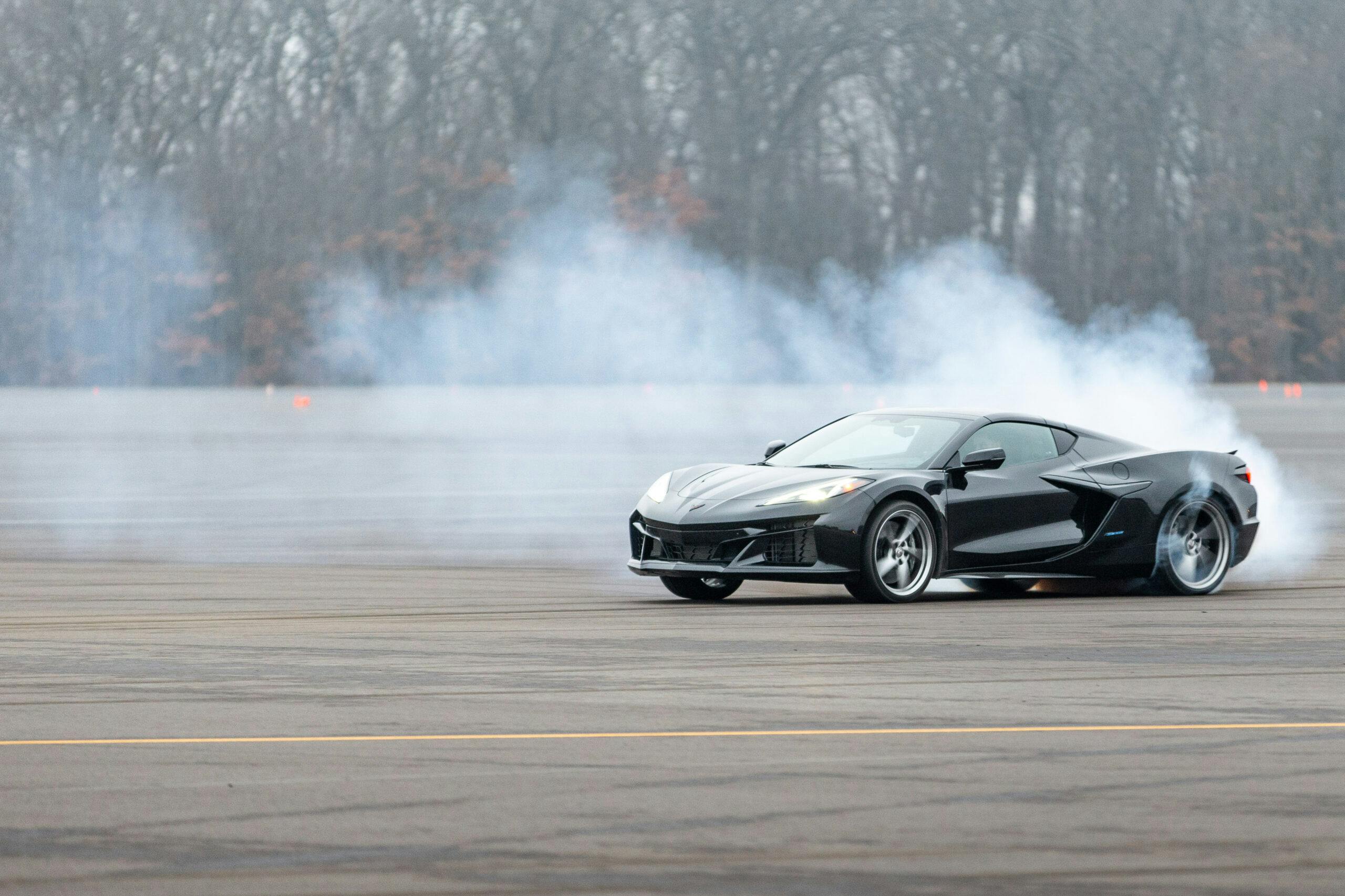
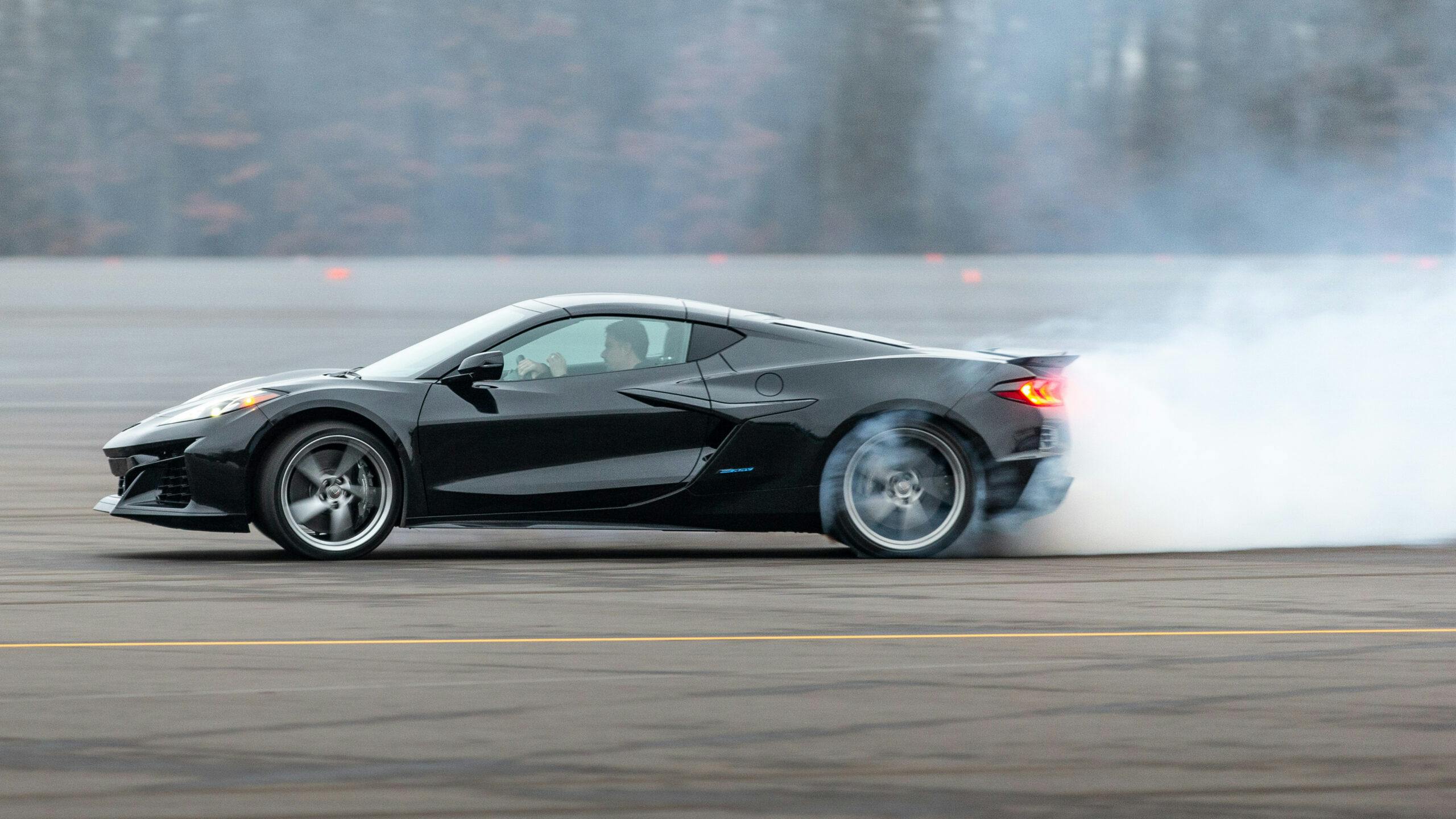
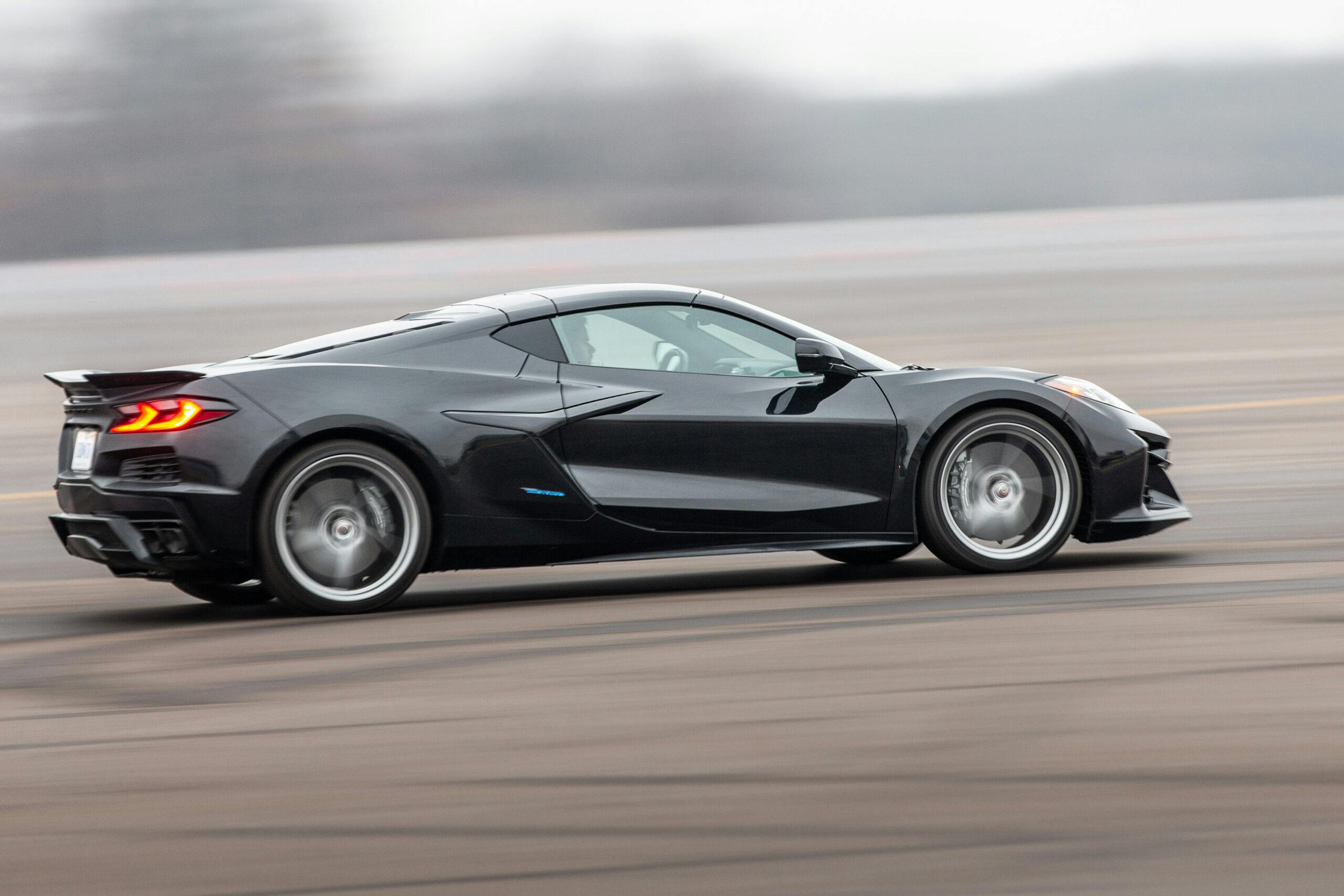
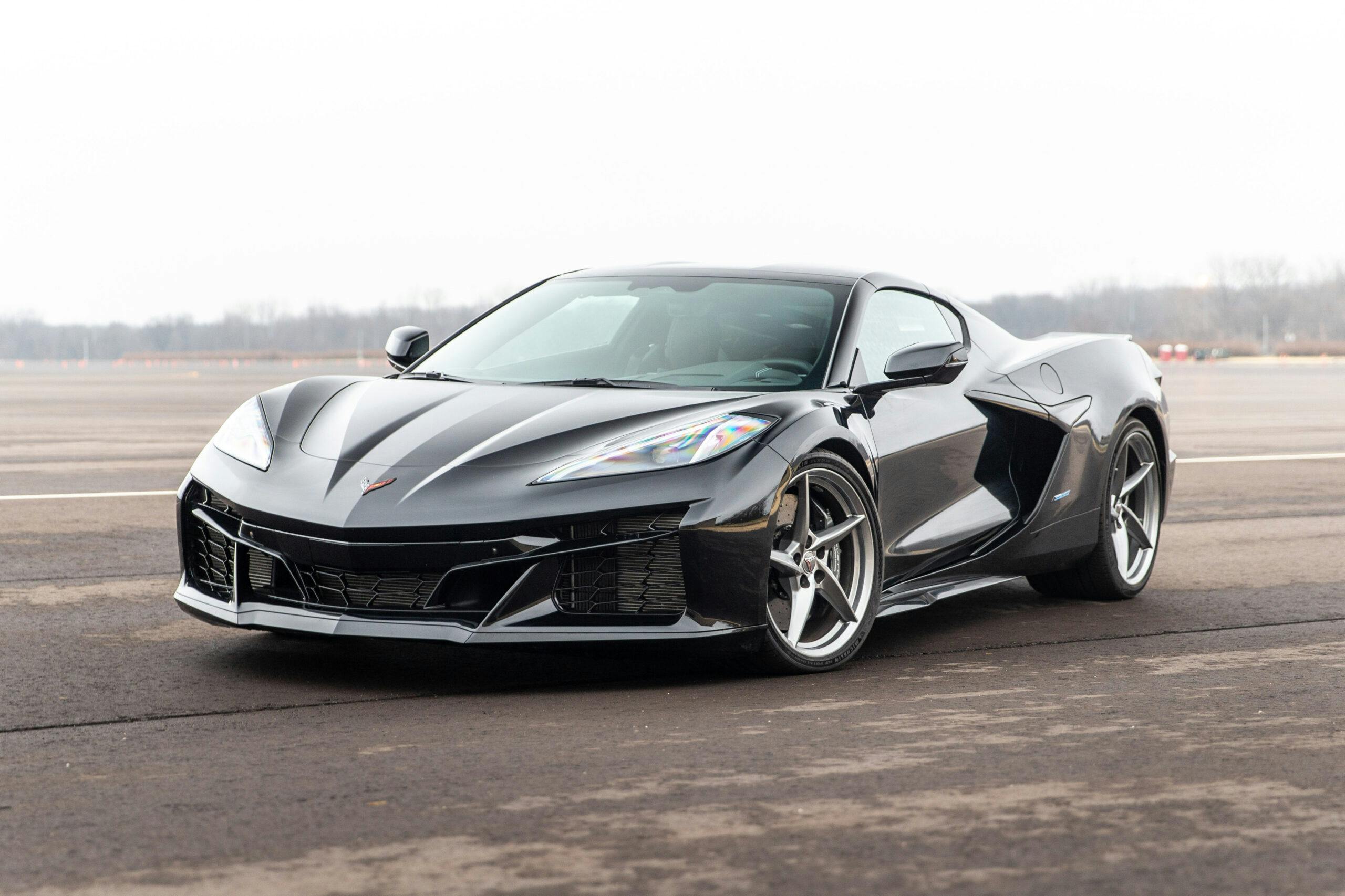
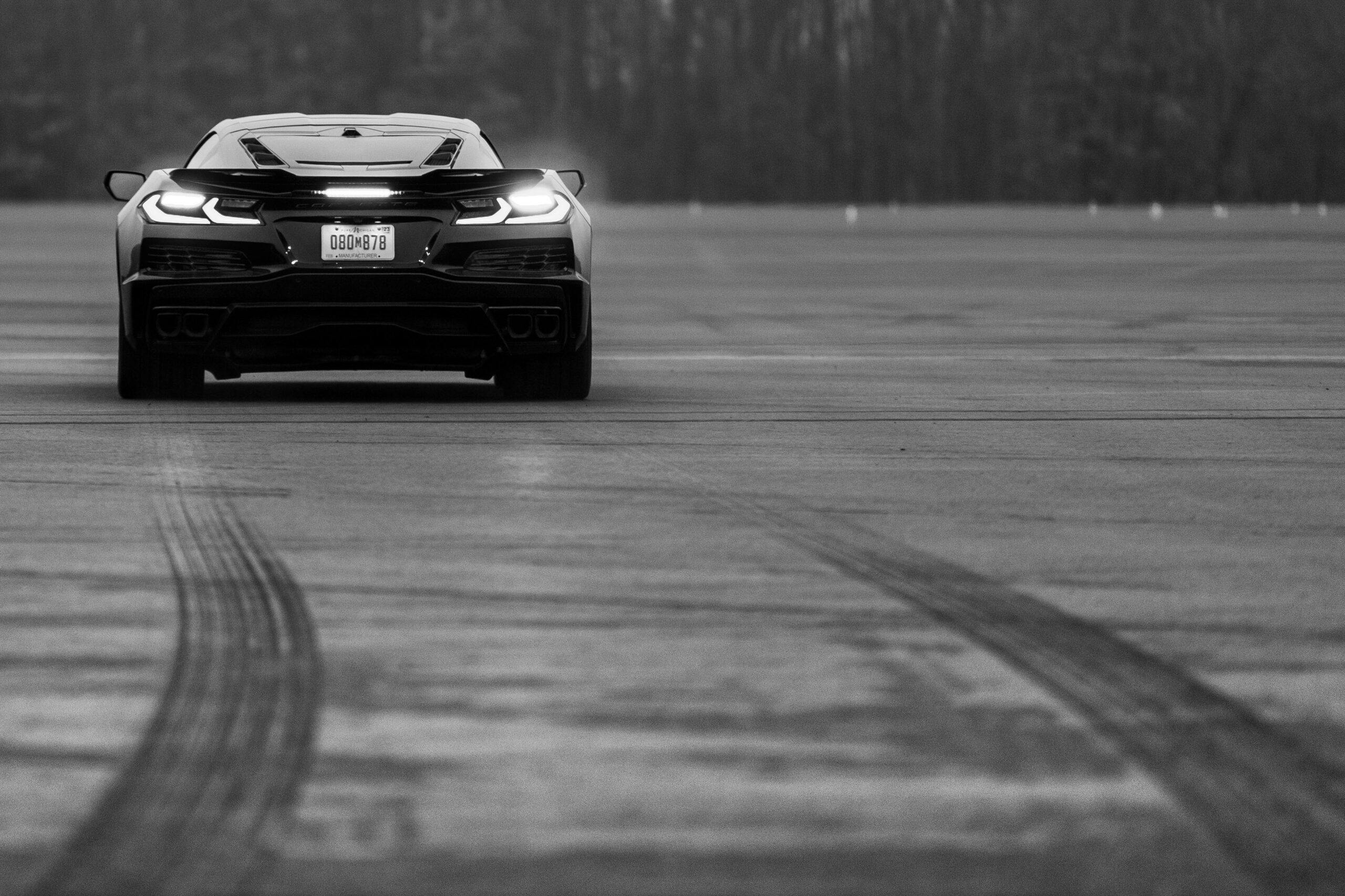
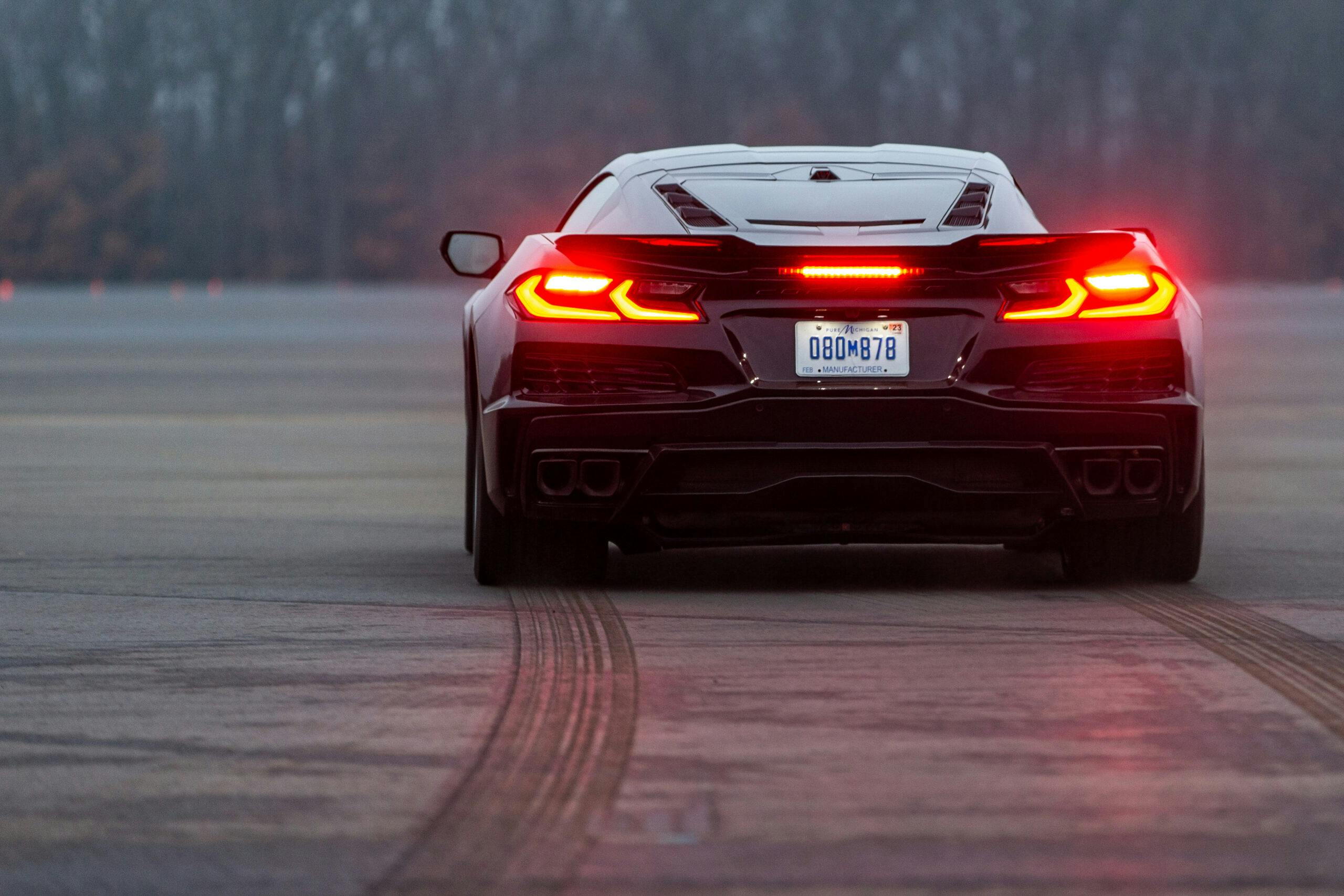
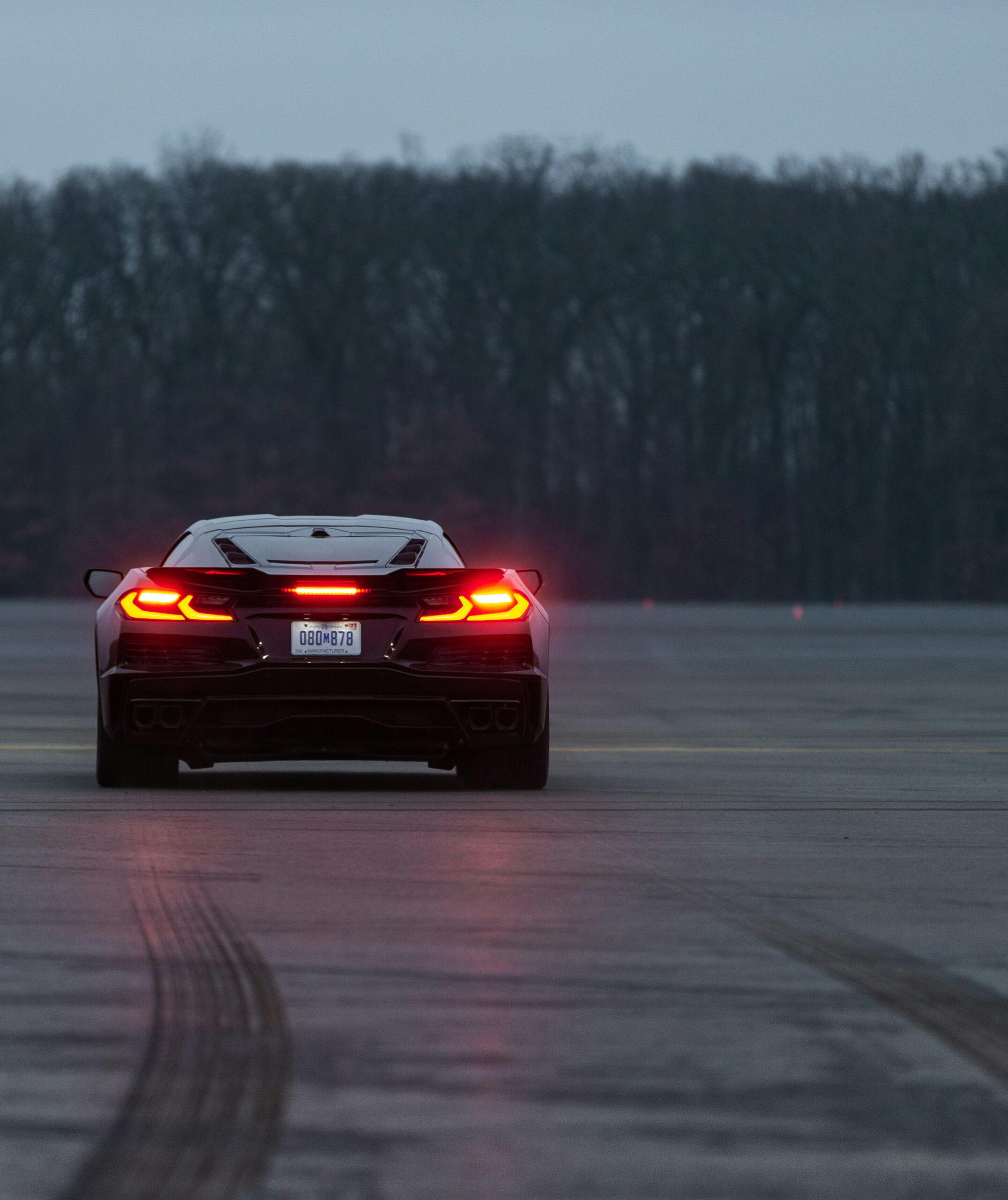



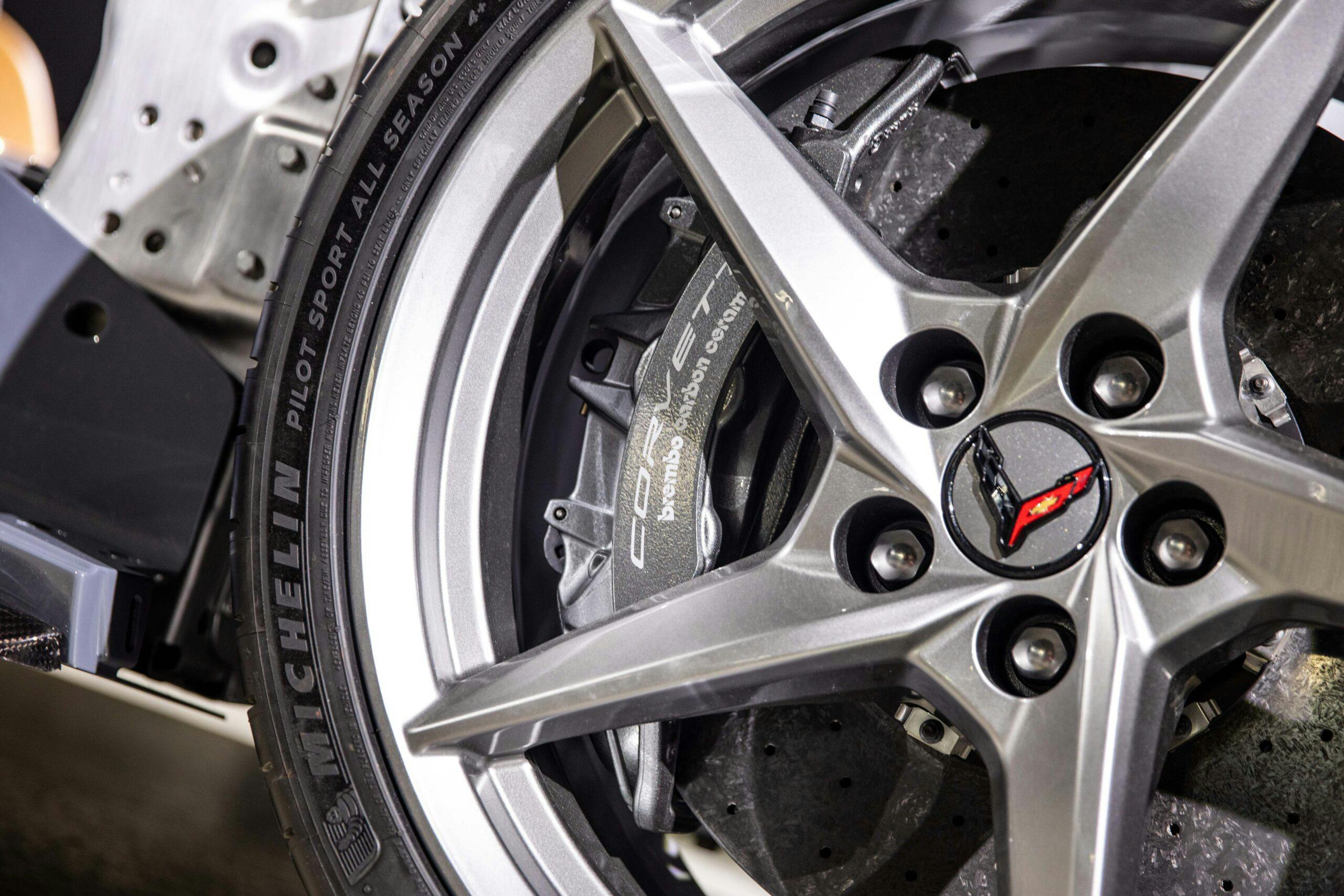
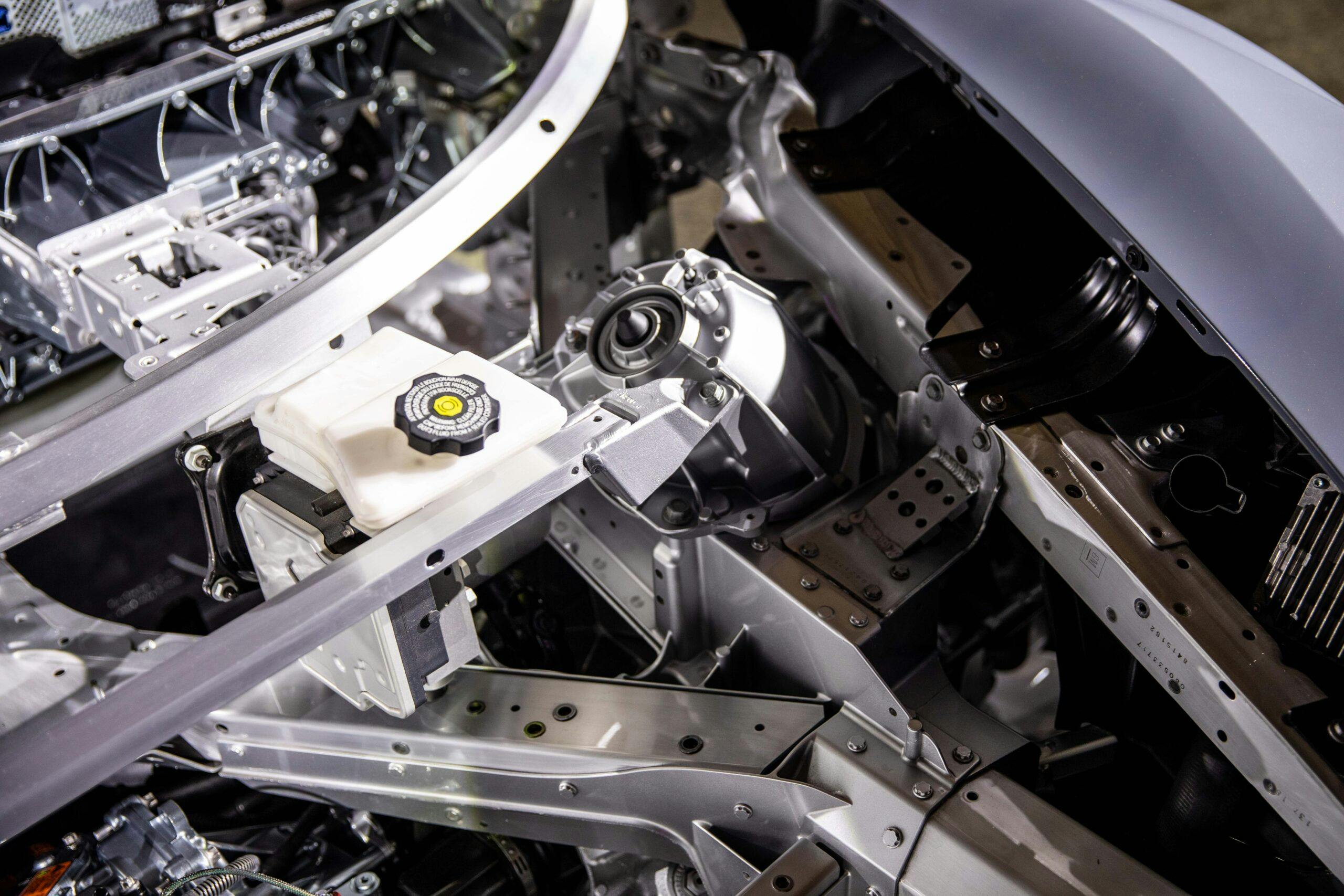
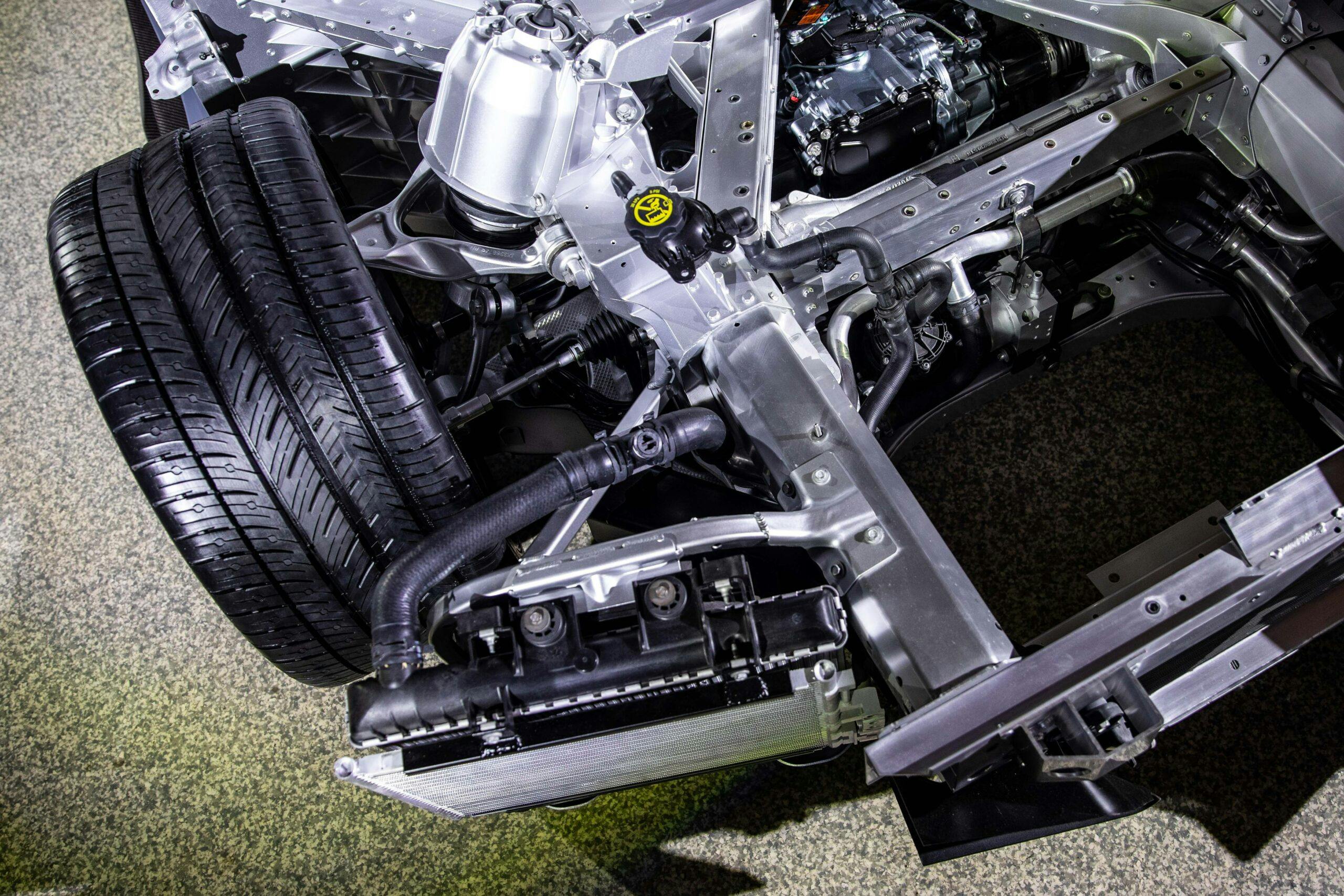
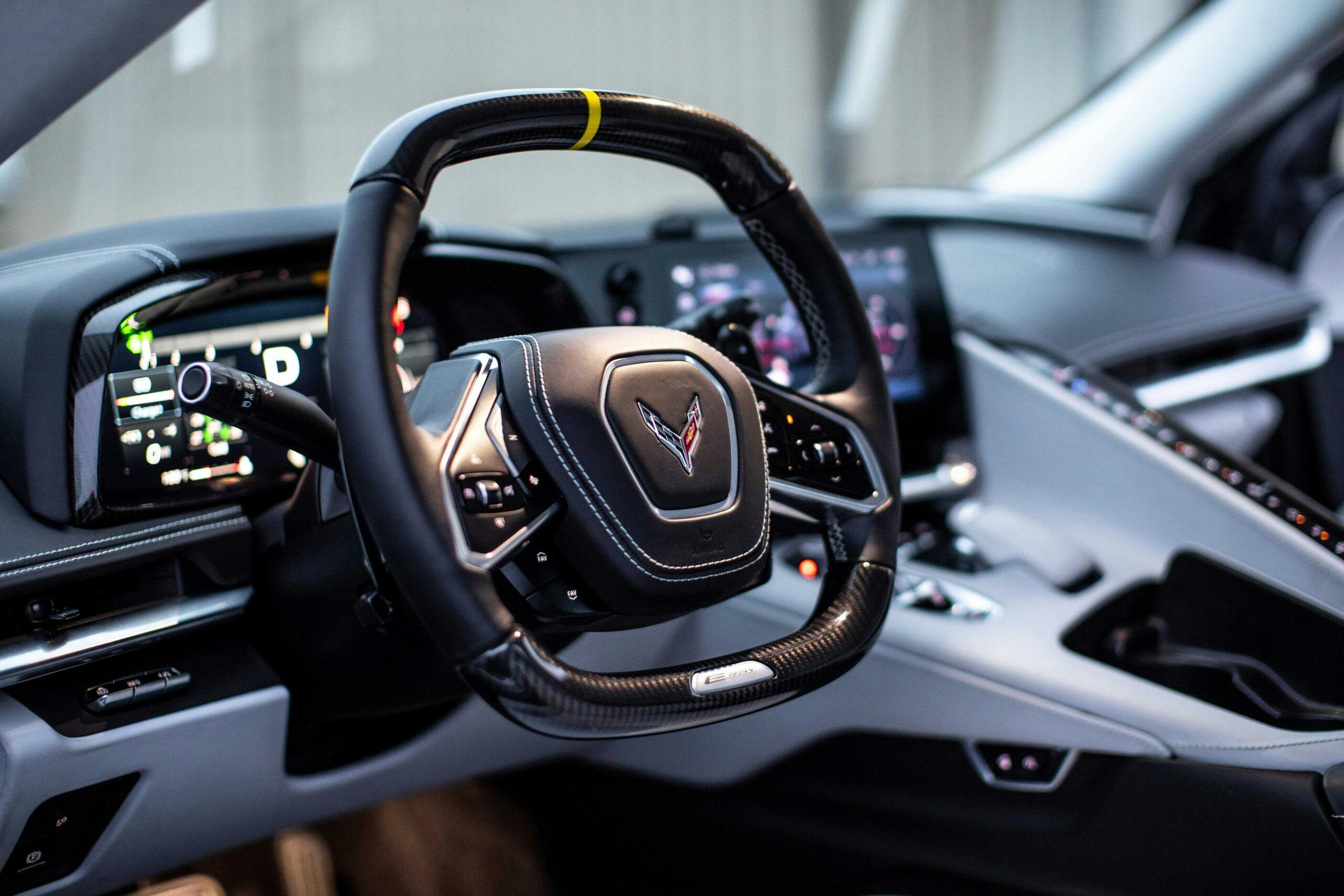

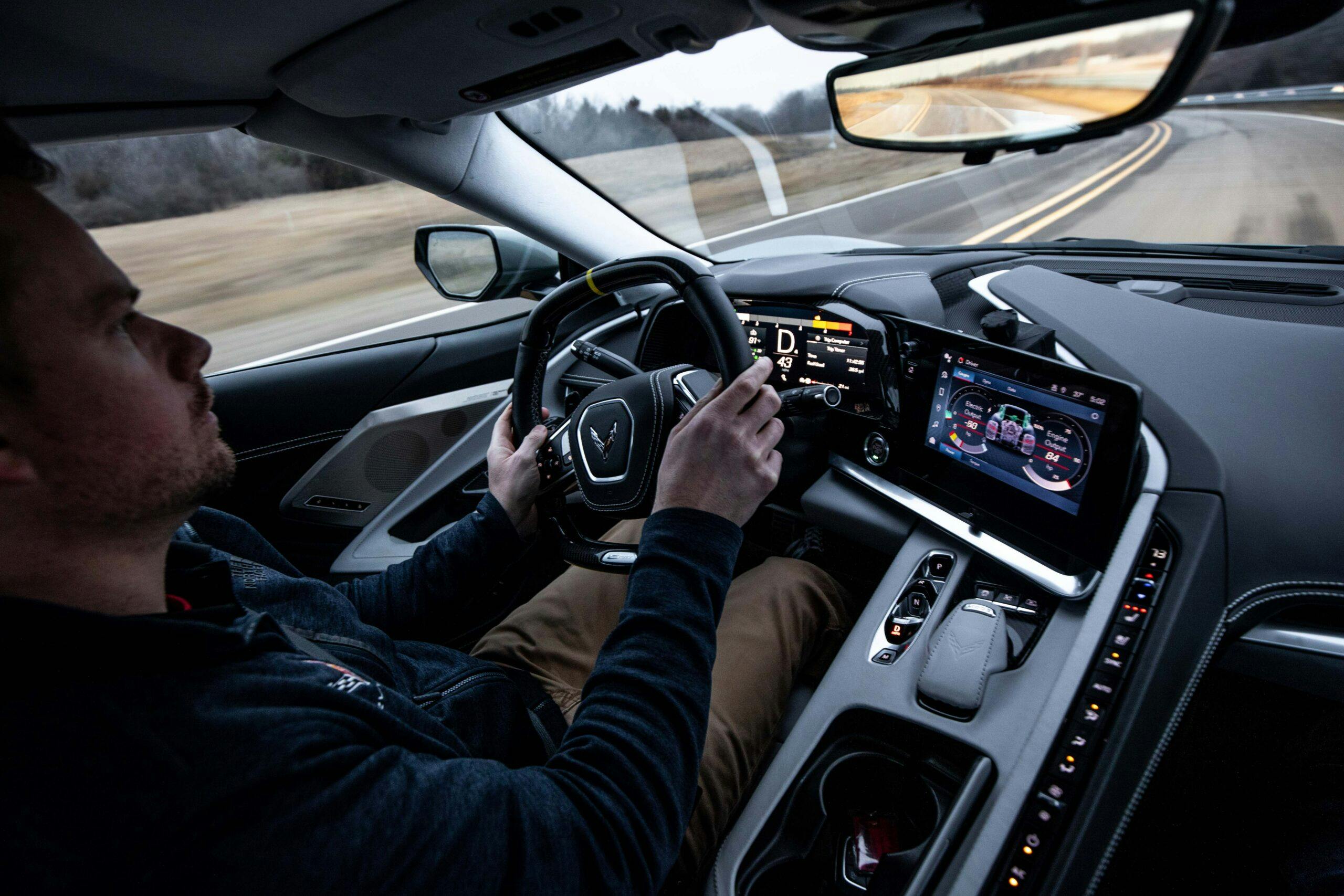
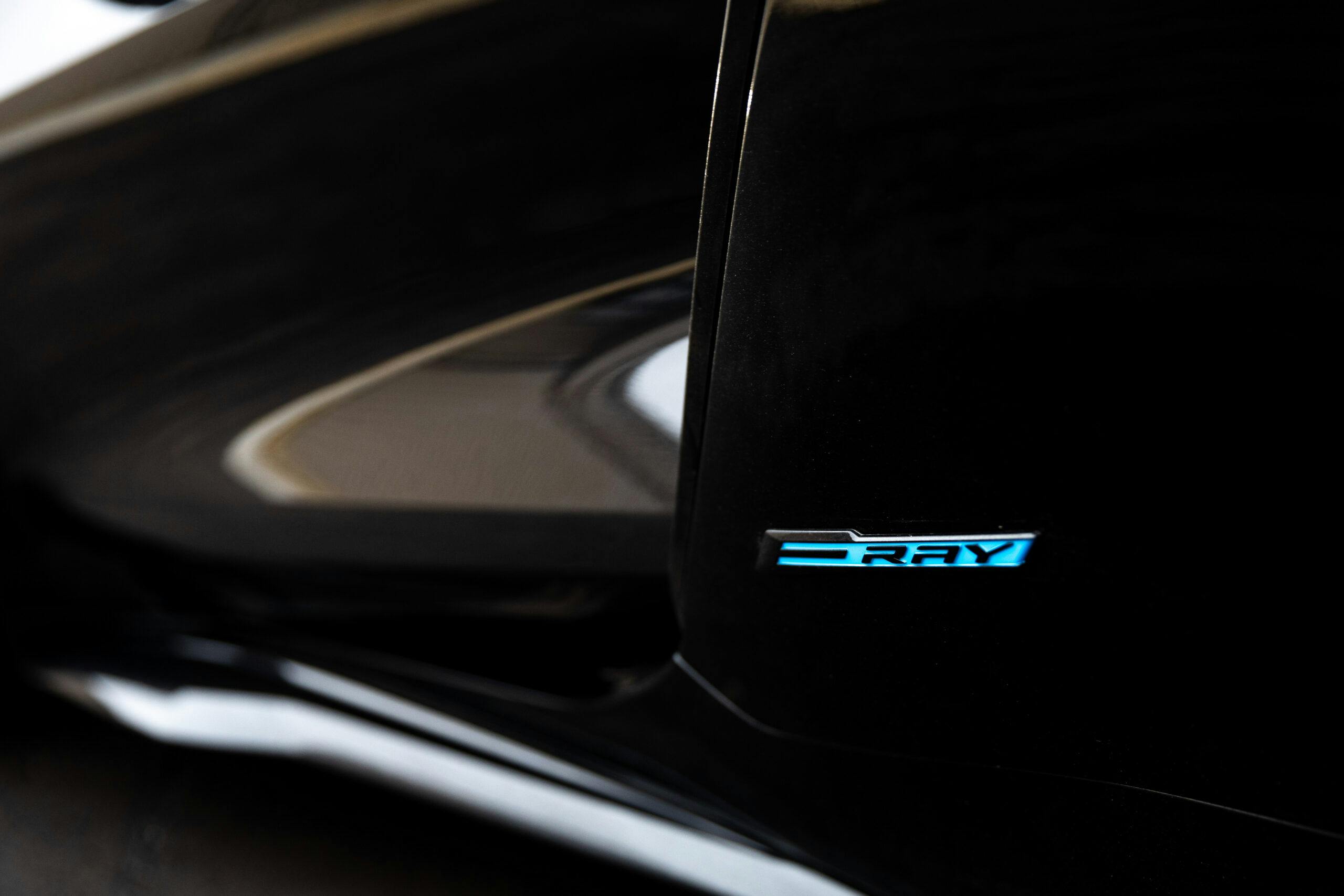

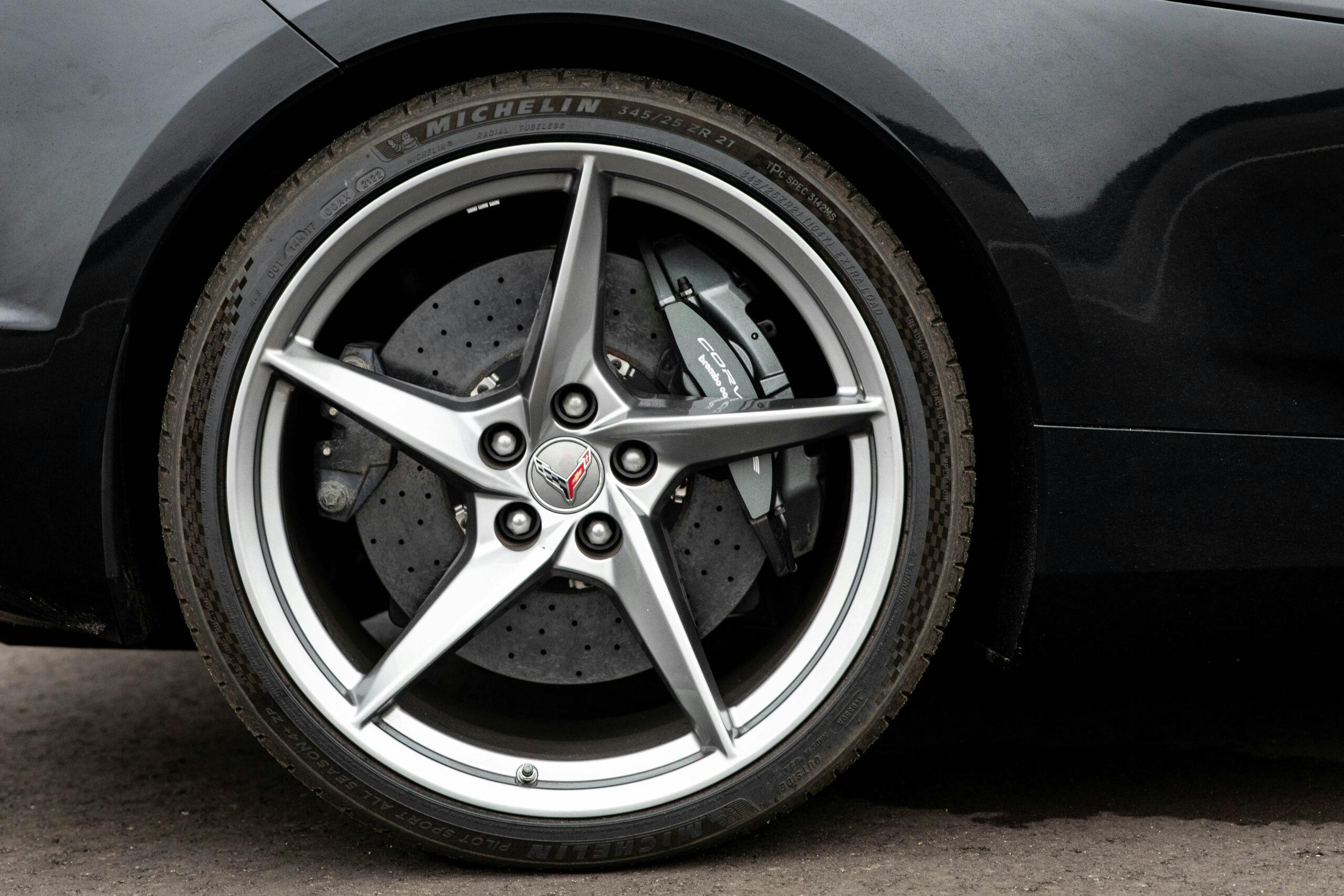






































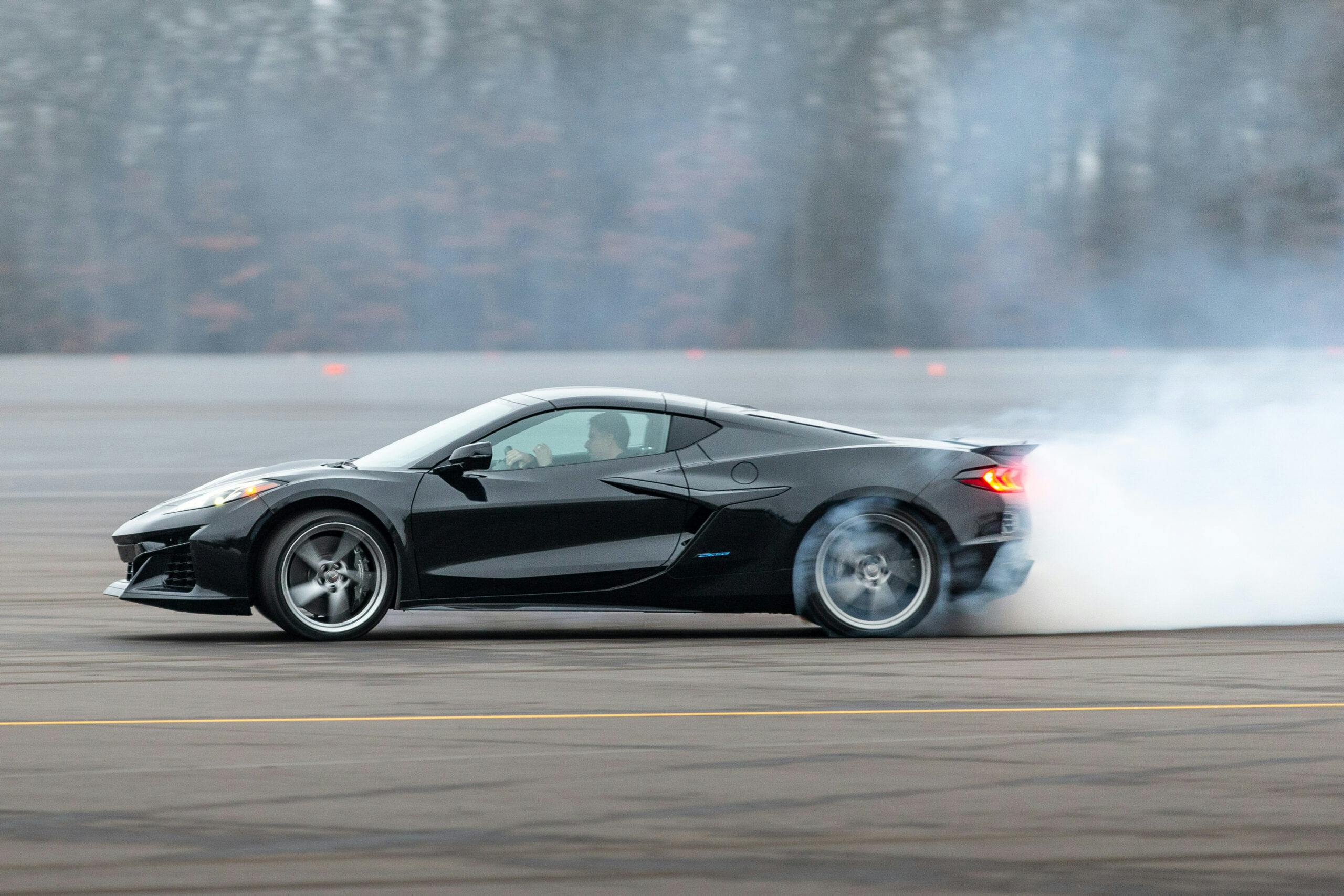
Sounds like fun. If that battery ever lights off, the magnesium case will make a spectacular fire.
No more spectacular than the diesel Dodge Ram I saw burn out across the street from my house. It had been parked for three days. Nobody knows what set it off. Fortunately, the fire did not reach the gas tanks of the boat parked beside it. That would have been very spectacular.
Ever light magnesium?
I have, inadvertently. Ever try to put it out?
You took the words right from my mouth. Yes, it will burn well!!
The structure behind the dash is also magnesium, but that is the case in all C8 Vettes.
That is the case in most vehicles today.
The structure behind the dashboard is also magnesium, but that is the case in all C8 corvettes
Nothing burns like a Tesla after the autopilot crashes.
Looks like the Speed Racer Corvette in cartoon days … loved that cartoon and that car … love this 2024 Corvette .. well done Chevrolet — would love to drive and own one 2024 Corvette – this color is fine
Now THAT’S a hybrid I can really embrace!
No thanks. Way to many issues that could be had in a very short period of time. $109k for a battery operated drill. Anyone who has used one will know the issue with a battery.
Yep I have a 04 Z06 that I’ll keep. I have several nice? battery Dewalt drills that they no longer support. I went back to mostly corded ones.
Me too! I went back to ALL corded power tools; No more running out of juice on reduced charges or having to spend 98% of the original cost on a new battery and charger. I realized I’m never further than 25-50ft away from an outlet in my projects anyway. And pretty soon I’ll be able to find a Tesla charging station on every block … that NJ paid for with my tax dollars.
Wouldn’t trade my battery tools for corded except a few situations. Still run pneumatic nail guns, ripping long boards corded skilsaw, heavy demo corded sawzall. Day to day drilling screwing, grinding, crosscutting full cordless.
Lol, i’ve had a dewalt nattrry drill for over 25 years. Dropped it over 30ft high 50 times. It still works as good as when i first bought it
Would love to ride in it or buy.
I am fifty and thought I sounded old and not so smart at times, but reading these comments makes me feel like a genious that is young and in the know.
They found a way for me to actually like the C8! Well, the Z06 actually made me like it first, but this is even cooler to me.
It’s a serious machine, and still very much a Corvette in attitude from what I could tell sitting shotgun.
Awesome and love it. The best of both worlds, while keeping the V8 power and sound!
Another answer to a question no one asked? I guess I wasn’t paying attention as I thought the E-Ray was going to be an . . . E-Ray. As in an EV. It seems the C-8 is complicated enough with adding this to it, but GM must think they’ll have an audience so good luck to them. I want a C-8, and will someday have one, but it will run on just gas, no coal.
That day is coming much too soon as it is.
To me it’s a matter of choices. The Stingray is still there, so is the Z06, and I think in the next-generation Corvette (C9) it’s reasonable to expect an EV.
To Larry D:
“Just gas and not coal” ?
The two aren’t far apart in their origin and environmental impact.
Yeah, no. There’s a big difference between the two.
Yes, well lets race one against a Tesla coast to coast and see which one gets there first.
“Like watching Rambo in Italian—familiar characters, but a language you’ve never heard them speak.”
I love the analogy!
Thanks, Steve!
At some point complexity becomes its own worst enemy, particularly for a street-driven car. The electrical fire potential is also a growing concern that is being swept under the rug by many EV manufacturers. Performance is wonderful, but the directness of more elemental sports cars trumps gee-whiz engineering for many enthusiasts. How else to explain the prices of older 911’s?
Solid point on the elemental aspect, and I think that’s why there are still two other pure-ICE Corvettes in the lineup. The sheer sound of the Z06 is enough to make me want one more than an E-Ray. As to the EV fires concern, available data suggests that they’re not nearly as likely or common as fires in combustion-engine vehicles, though there are legitimate questions that need to be answered concerning how battery fires are extinguished and handled. Good article on the subject here: https://www.hagerty.com/media/opinion/ev-fires-not-coming-to-a-garage-near-you-statistically-speaking/
Yeah, let’s not go there. Far more gas engines out there, and much older. Wait till these electric cars get much older, then see how they catch fire.
Your confusing the E-Vette with an EV motor that needs to be plugged in and drives only on electric or a PHEV which is a Plug-In Electric Hybrid Vehicle that goes first 40 to 50 miles or so purely on electric then switches over automatically when juice runs out. I own both types, a 2021 Ford F150 Power Boost , A Regular Hybrid-No Cord to Charge. I love the power and efficiency. 0-60 in about 5.7 seconds get over 23 MPG on highway doing 70 MPH. Goes 700 Miles on 31 gallon gas tank with 4 wheel drive MAX tow Package 12,000 lbs. and 7.2 KW Power On Board Generator. This is a complicated vehicle like the E-Vette but so far no issues at 11,000 miles. Prius have been around since late 90’s they were hybrids too and no Fires I owned one too.
I also own a 2021 ToyotaRAV4 Plug- In Hybrid (PHEV) w/ AWD that gets 45 Miles on Electric then when juice is gone switches to gas engine. This requires charging with a level one (regular outlet) or level two (240 V) It goes 0-60 mph in 5.6 Sec. No fires! The RAV4 replaced the 2017 Chevy Volt PlugIn Hybrid (PHEV) I previously owned 5 years which got 50+ miles on electric propulsion only and then switched automatically to gas engine when juice runs out. No big issues with it and no fires. So Hopefully this helps with the confusion. Agree it is still more complicated like my Hybrid Power boost F150 but not as complicated as my Rav4. Once you drive on you’ll fall in love compared to a gas only. Never going back!!
Till it breaks down. Did you ever replace the transmission in a Prius? Six grand. Let’s not talk about the catalytic converter, if someone steals it.
Maybe find a better neighborhood,!! LoL!
I think the point of the Corvette, since it’s creation, was to push the boundaries of engineering and performance. It could never be as it was, it will always be what it achieves.
Very well said!
41/59 weight distribution? Really? Isn’t that like, 911 territory?
No because the mass of the 911 is more to the rear than center.
5/50 is nice but the mass more to the center is more important in polar movements.
Basic handling is based on this.
When will GM make a unique style for this car that isn’t derivative of others? At least the C7 and prior iterations were recognizable, these have no visual distinction other than the tail lights. Or is style now passé in favor of being all about hp?
Not so much about power as it is layout. The C7 Corvette could really emphasize the “long-nose-short-rear” proportions allowed by its front engine, RWD layout. GM said with the C7 that it reached the limit of what it could do with that layout, so it needed to go to mid-engine to increase the performance threshold. Could the car look more distinctive than some of the other exotics? Sure. And from some angles the styling is a little unflattering, I’ll agree with that.
Not for me !! Never going to happen !! If it doesn’t look like one !! and it doesn’t sound like one !!! It’s not a real Corvette !!! Forget it !!!
!!
!!!
!!!!!!!
I’d like to know what the cost of replacing the battery pack is after the warranty period ends.
Likely not that bad. Most hybrid batteries are not that bad.
The brakes on the other hand are not cheap but they should last 100K-200K even with some track time.
The warranty on batteries is 8 years or 100k miles. Pretty substantial
Sweet. Love hybrids… better than ice or electric, for now.
10 k dollars for Chevy Volt batteries
Leave well enough alone! The greater the technology the more chance of aggravating issues. Are we getting away from what the Vette is all about?
Umm, let’s see. What used to be a less-than-spectacular six cylinder “sports car” with a two-speed automatic transmission evolved into a world -class vehicle that will boggle your mind (if you are fortunate enough to ride in or drive one) with an incredible automotive experience, without the electric assist. The front drive motor makes this an incredible car that will have more capability than 99.9% of the people that will own one. That is what a Corvette is about: a driving experience like few others.
Right On, Anthony+Thomas, Just sold my Mclaren 650S (stupid fast 200+ mph) (stupid expensive 10K for service and warranty per year) to buy this car. even with my years of driving exotics/sports cars I will not be able to drive this vehicle up to its capabilities. Looking forward to the light to light performance and the reasonable upkeep costs. I had 1957 , 1960, 1961 ,1963 Split window and watched the Corvette become a car to compete with anyone. The new Zora should be scary. Go Corvette!
It is not just about what it was it is what relevant to the market today. The Vette team may have done a lot right as it is the only sports car to live to 70 years and still have a waiting list.
Porsche sports cars have been around for over 70 years and they still have a waiting list, too. Either one is nice company to be in.
That’s a curious notion, and I am sure it is fascinating to drive, but my curiosity and fascination stop well before $100k and nowhere near the moment you plug an automobile into a wall socket. More power to those embracing batteries. I’ll let that ship sail without me, thank you.
Well said in my opinion. The Corvette was ‘somewhat’ affordable, the electrification aspect has surely left dreamers dreaming!
No plug in here.
No plug in here Tomas
I understand the sentiment, but this car is not a plug-in.
It isn’t a plug in… I think of the electric motors as a way to get a turbo or supercharged power boost and AWD traction at the same time. That said, I would really like the opportunity to drive this and a Z06 back to back to see how they compare.
$10 k to replace Chevy Volt batteries